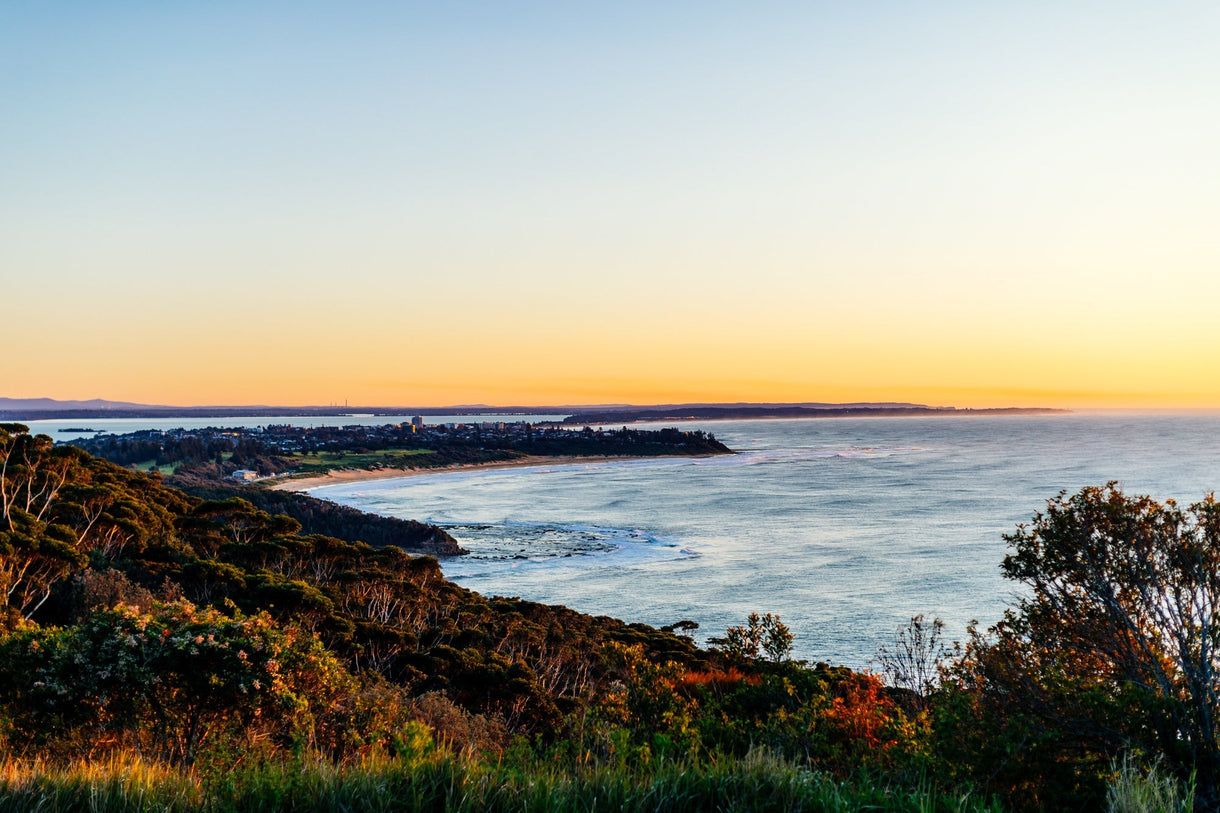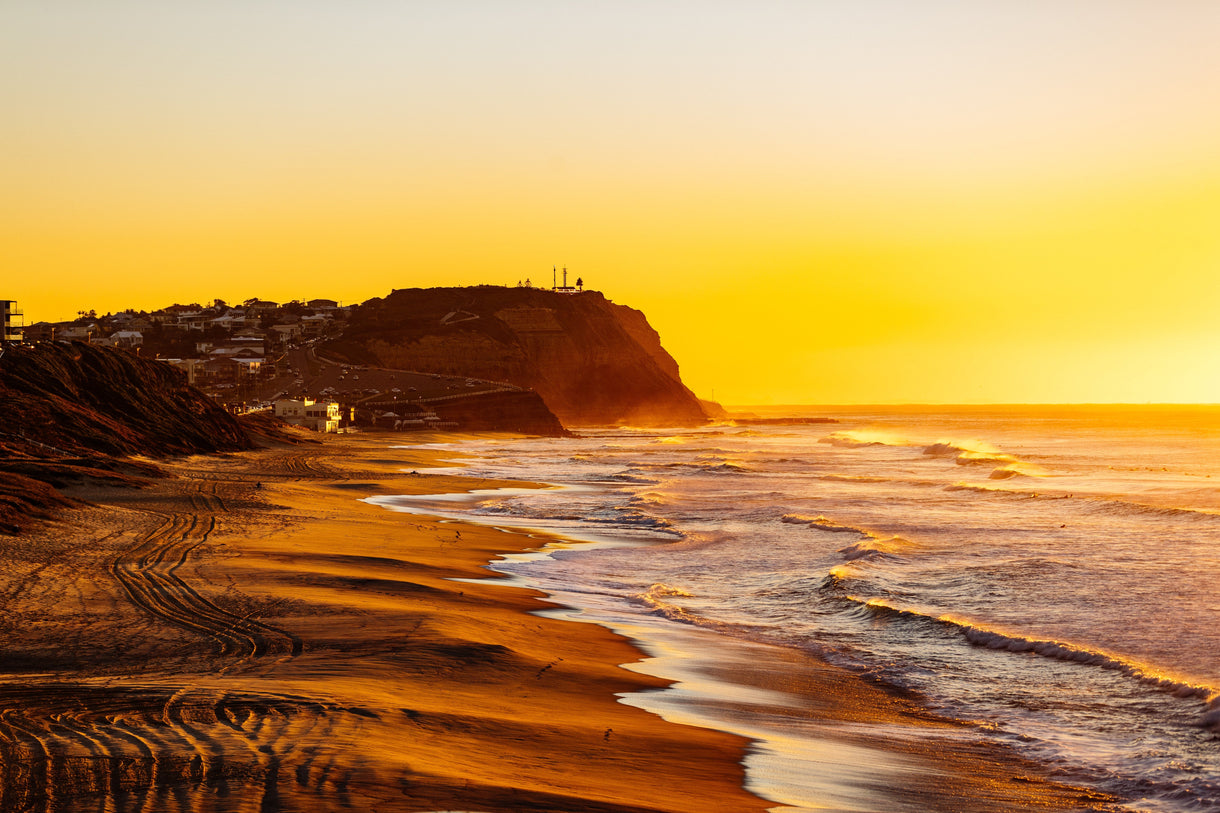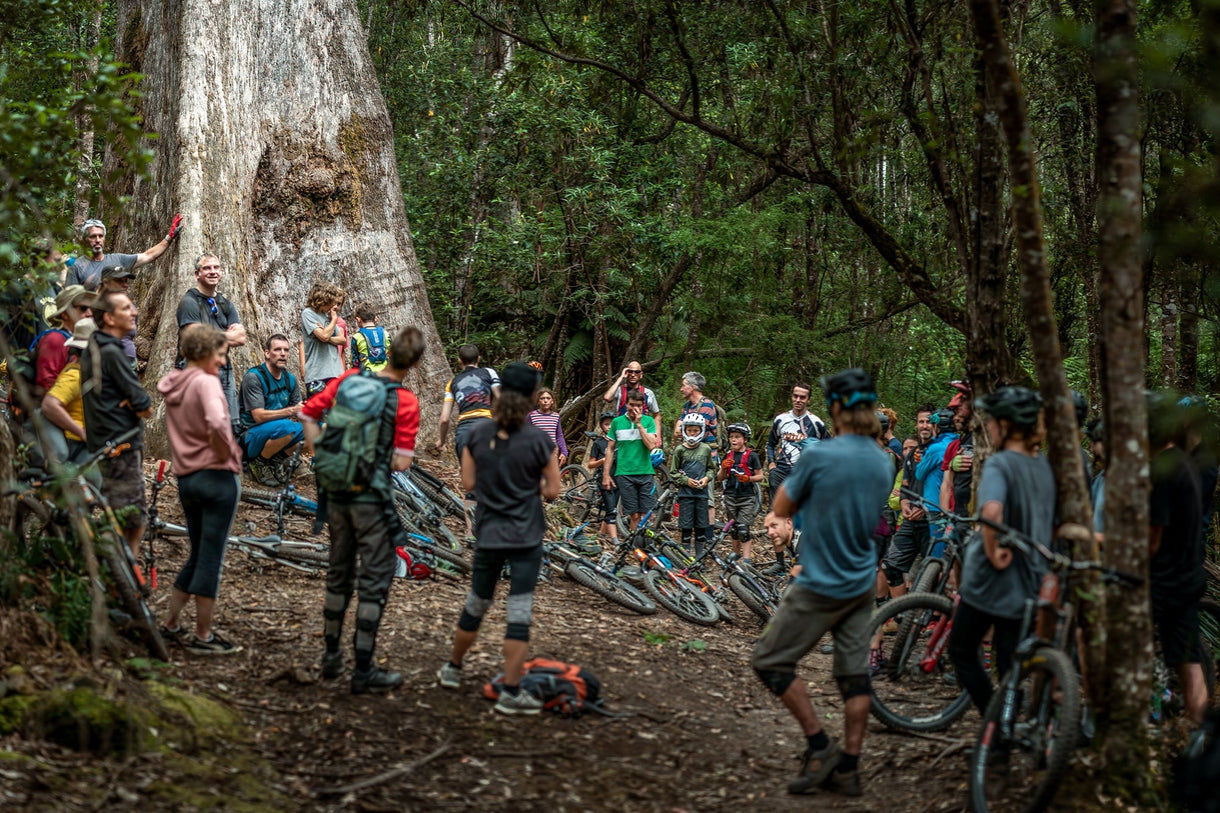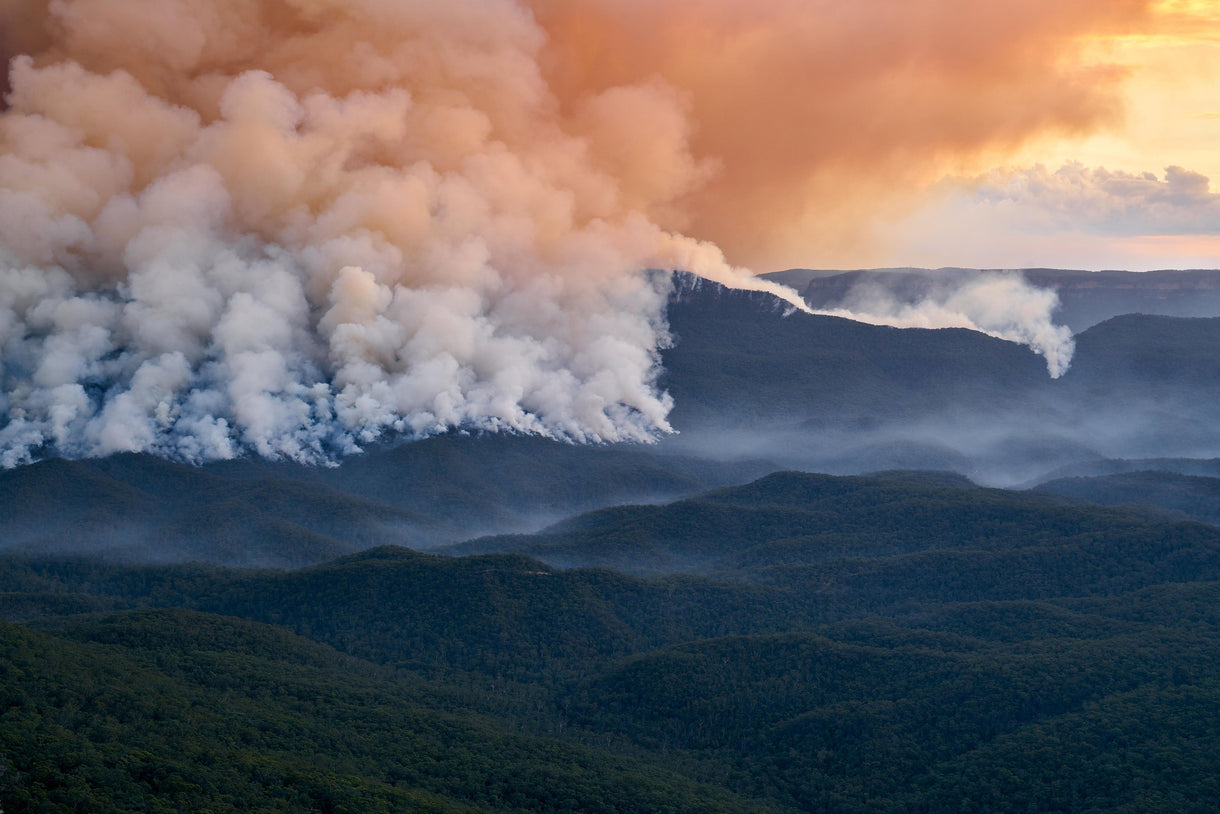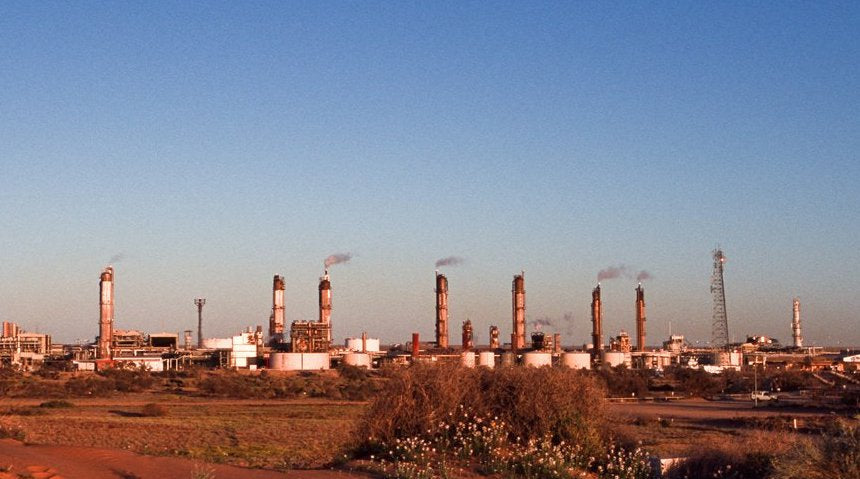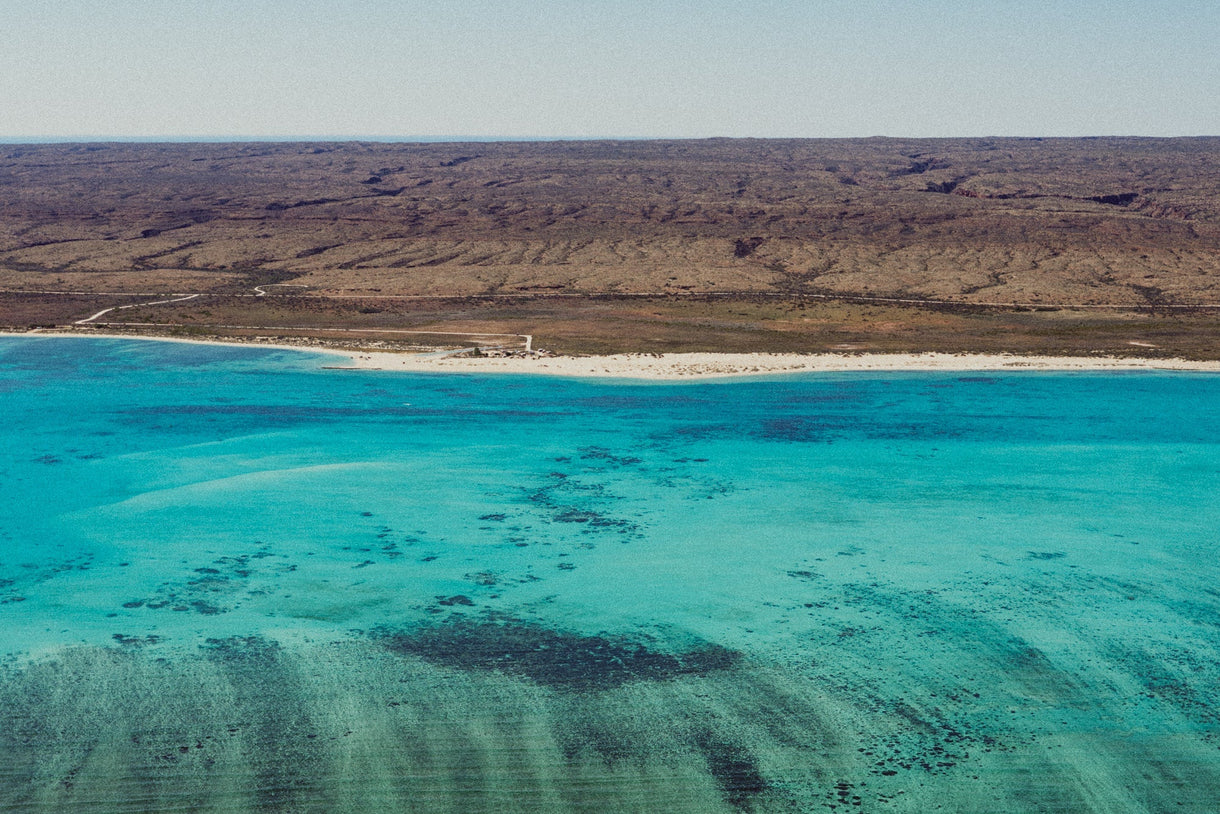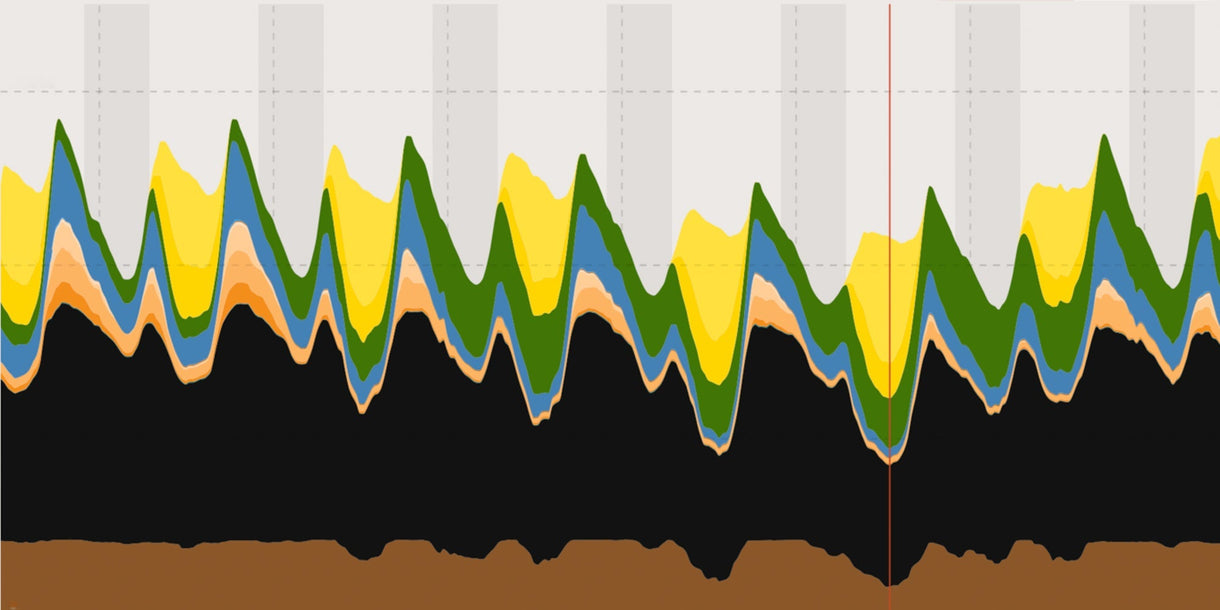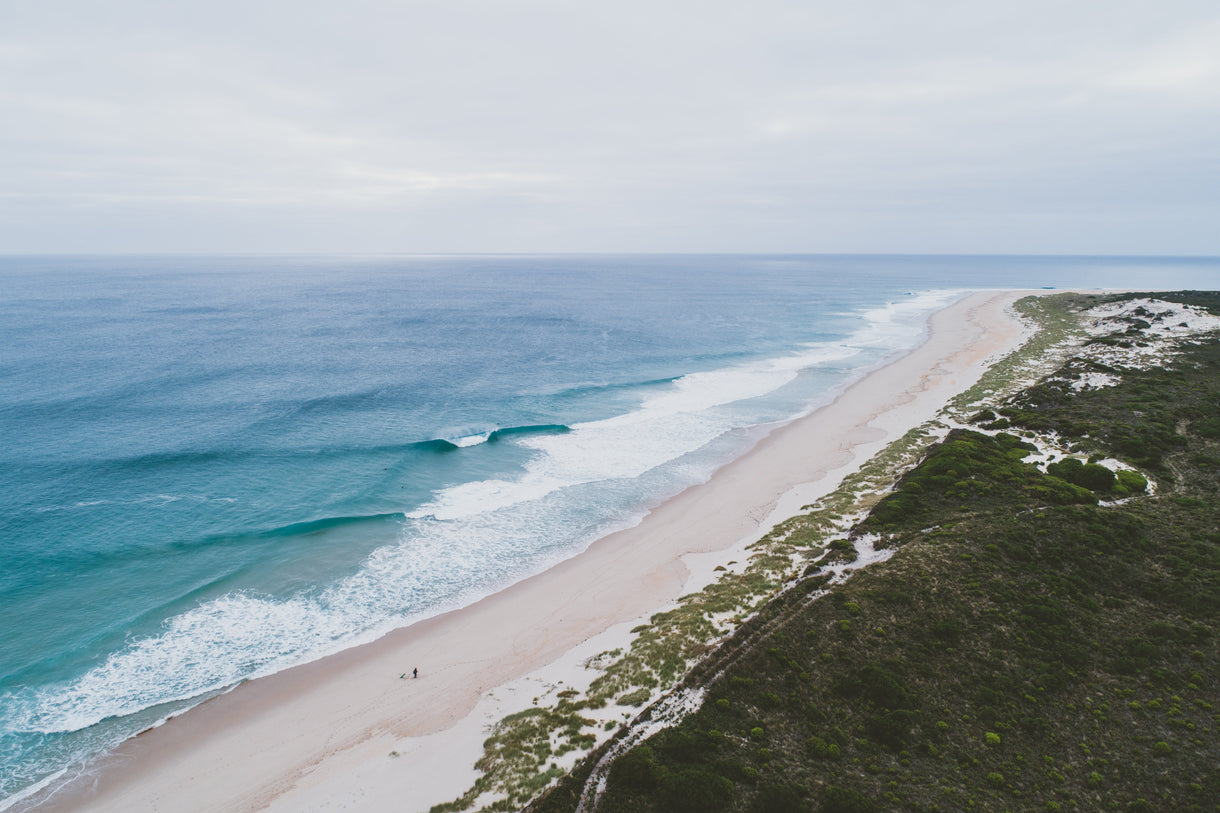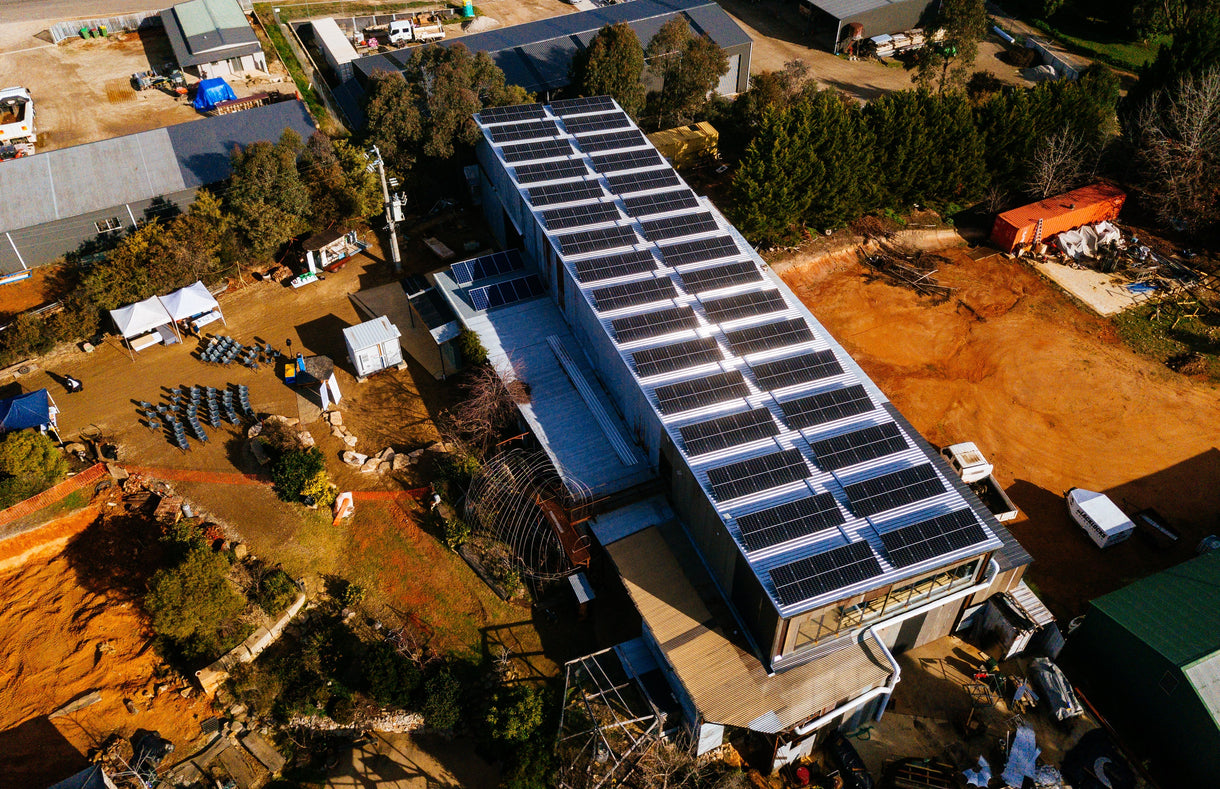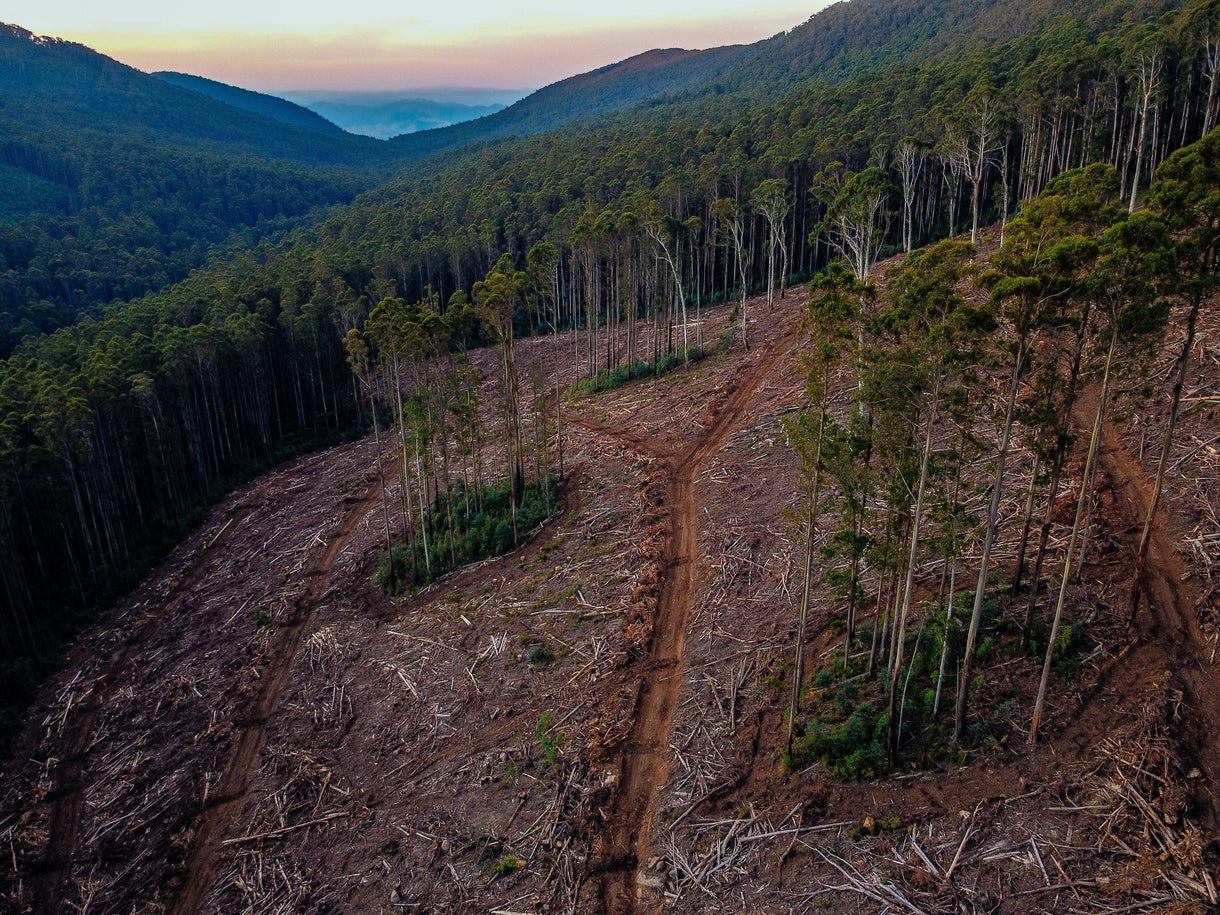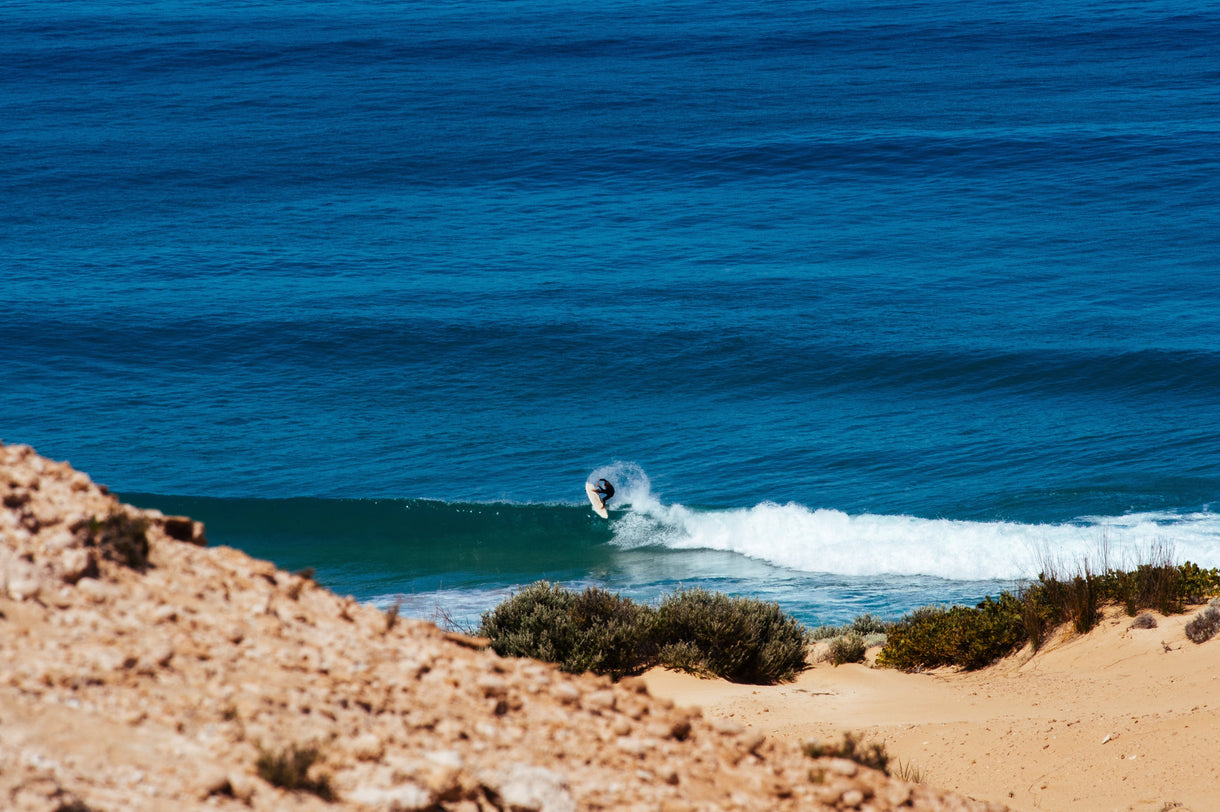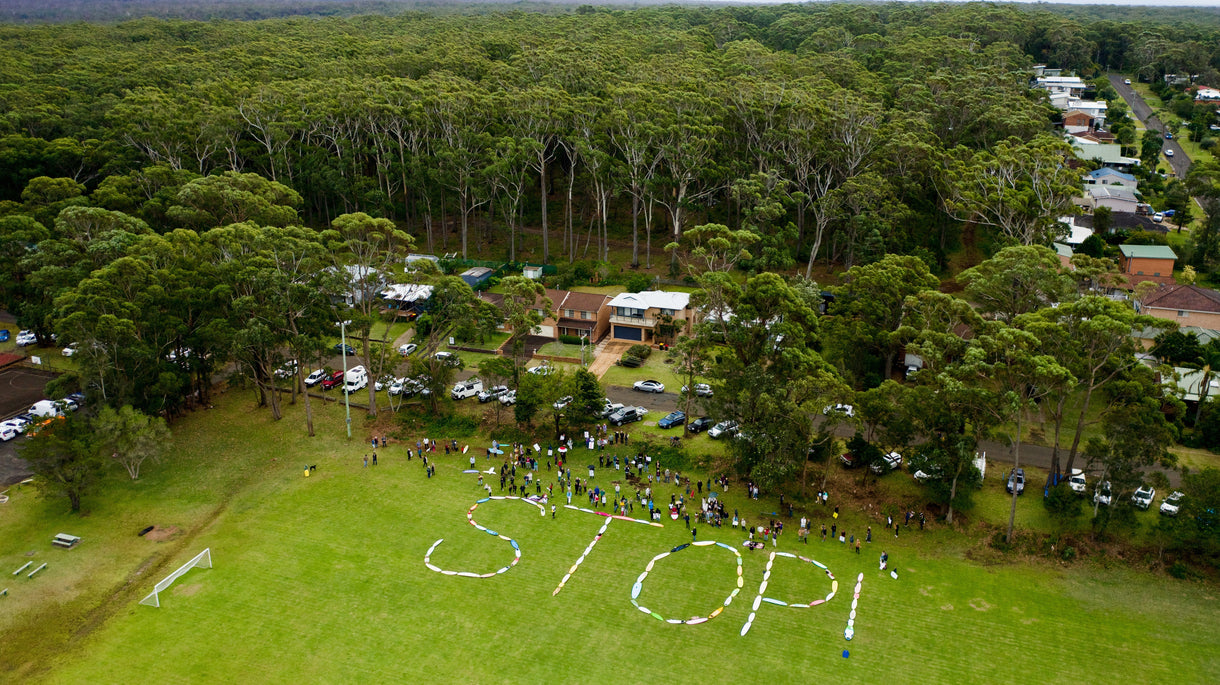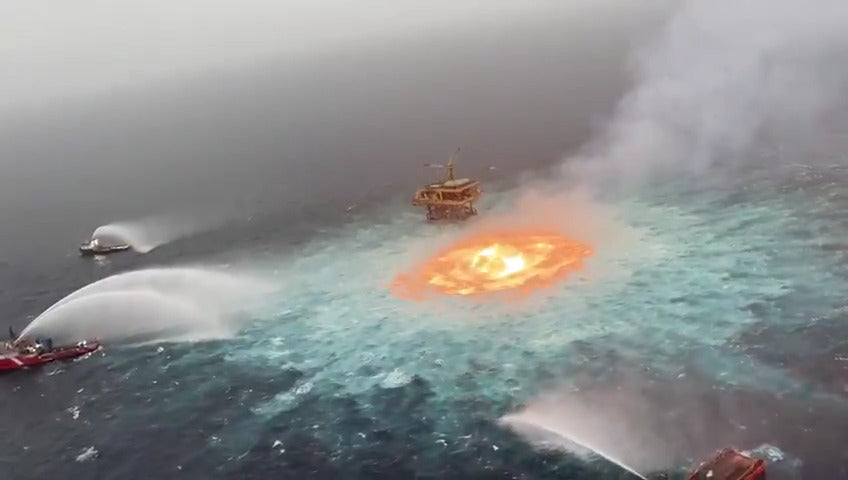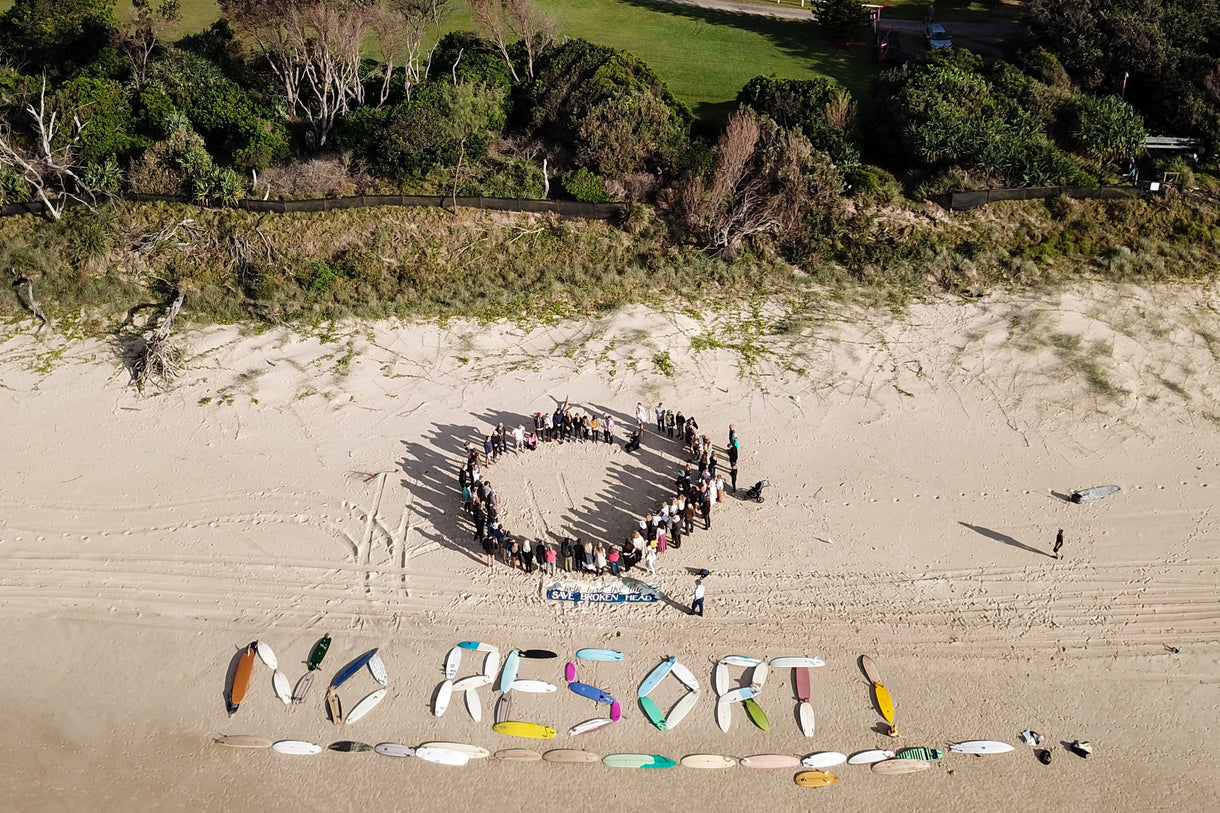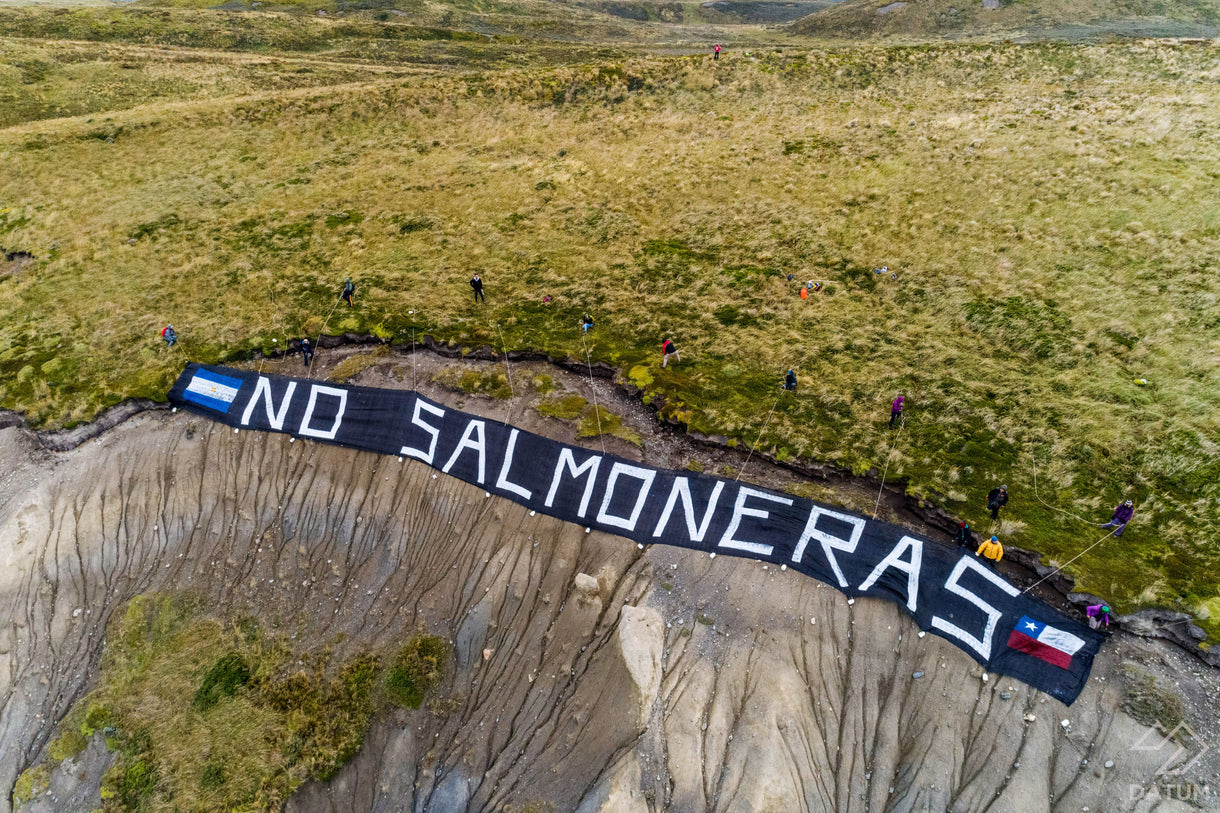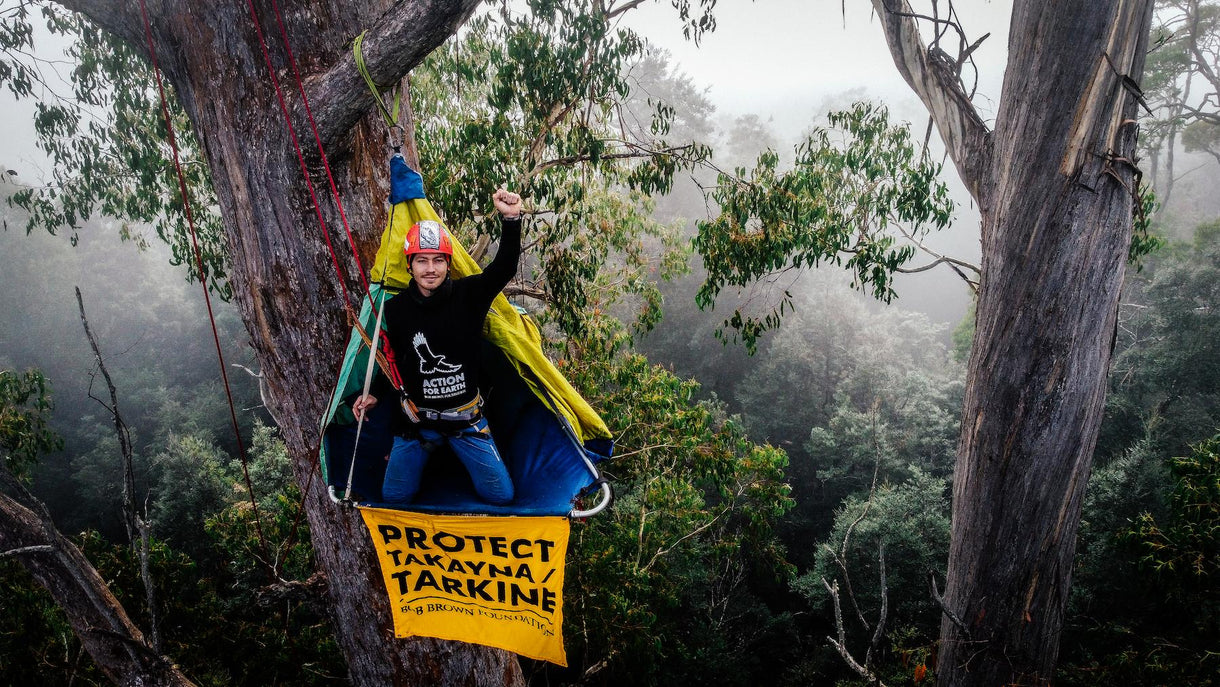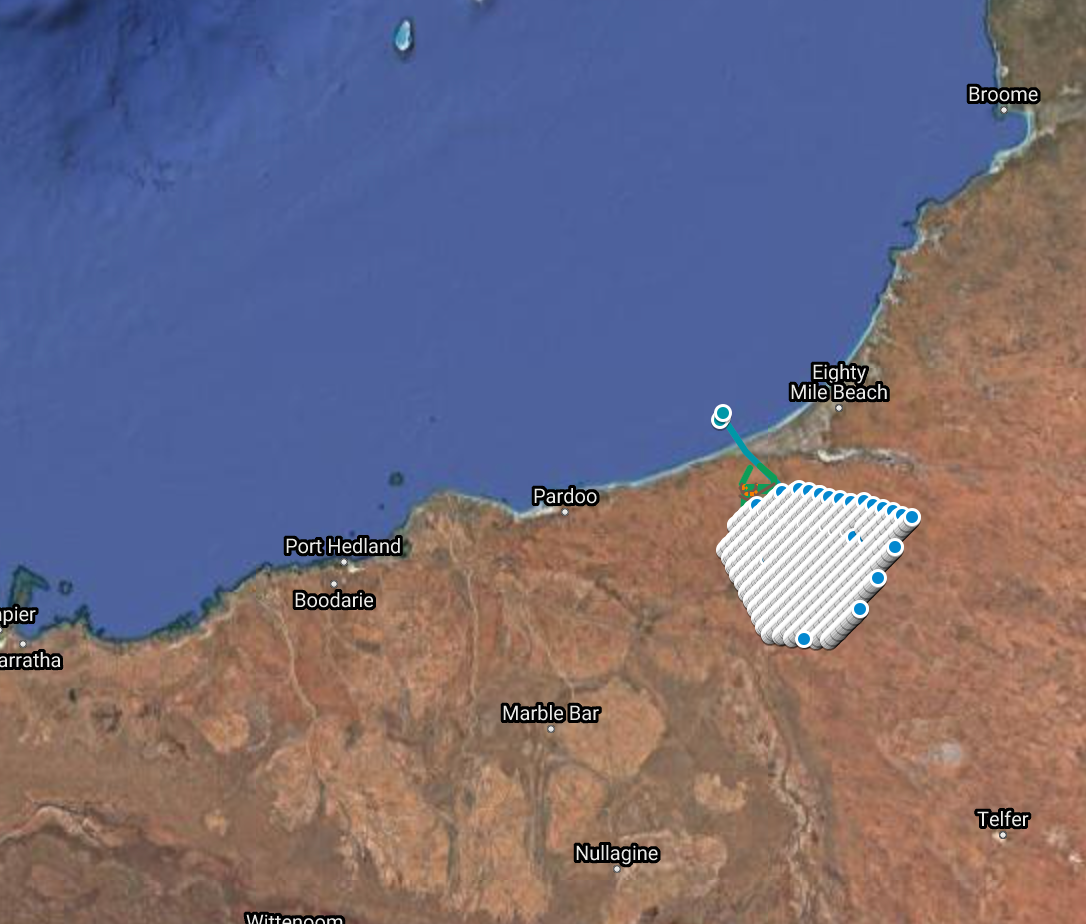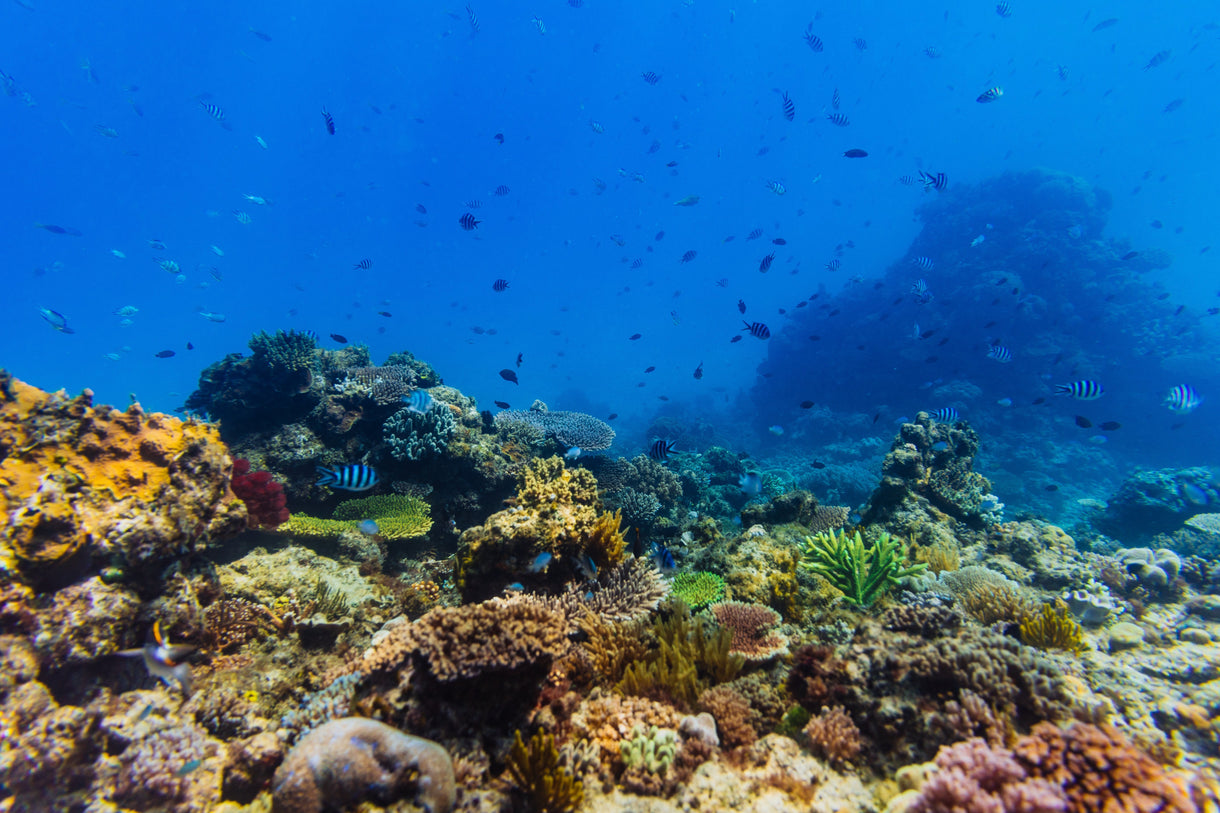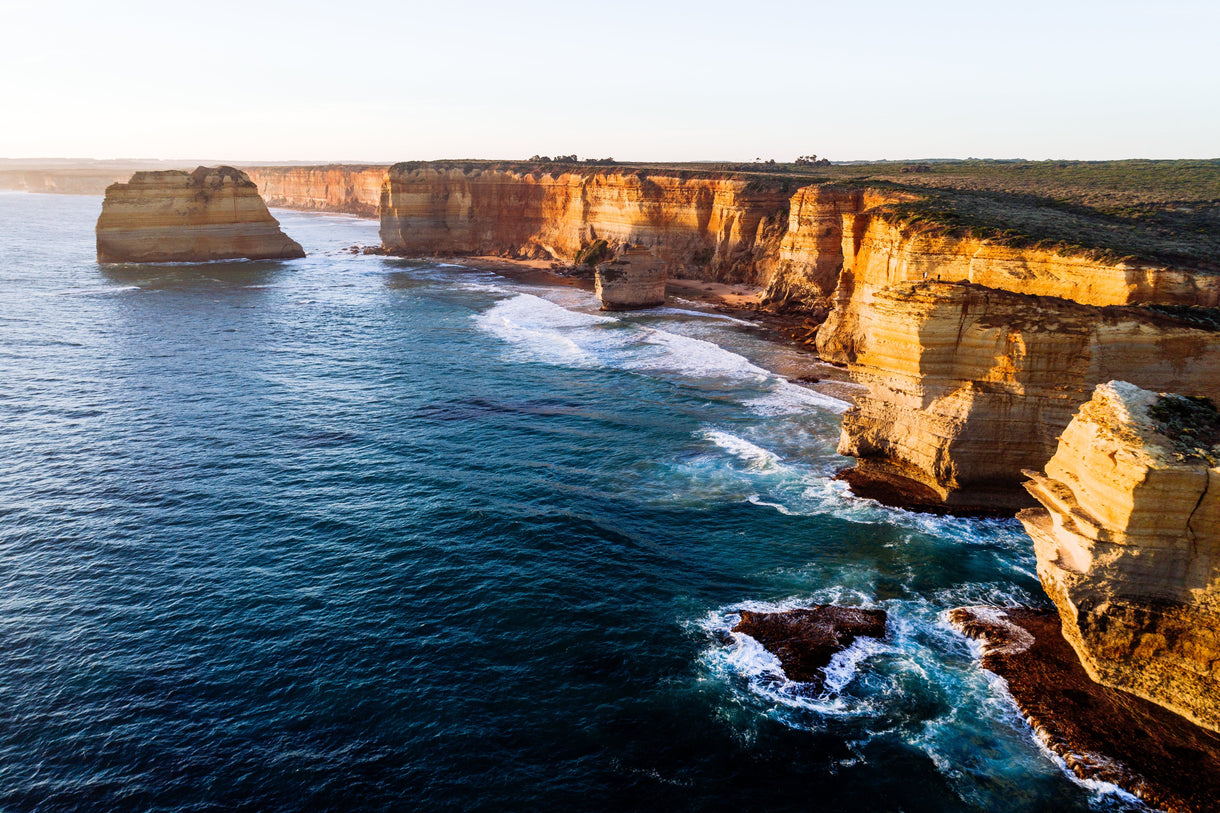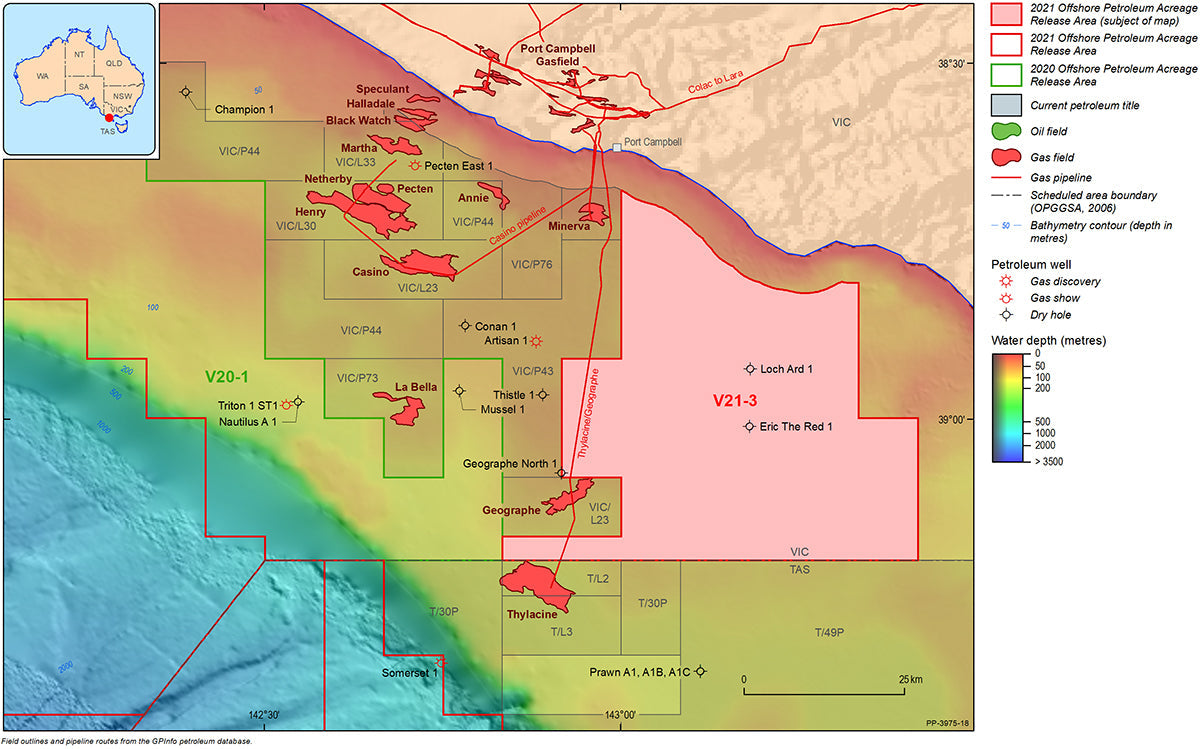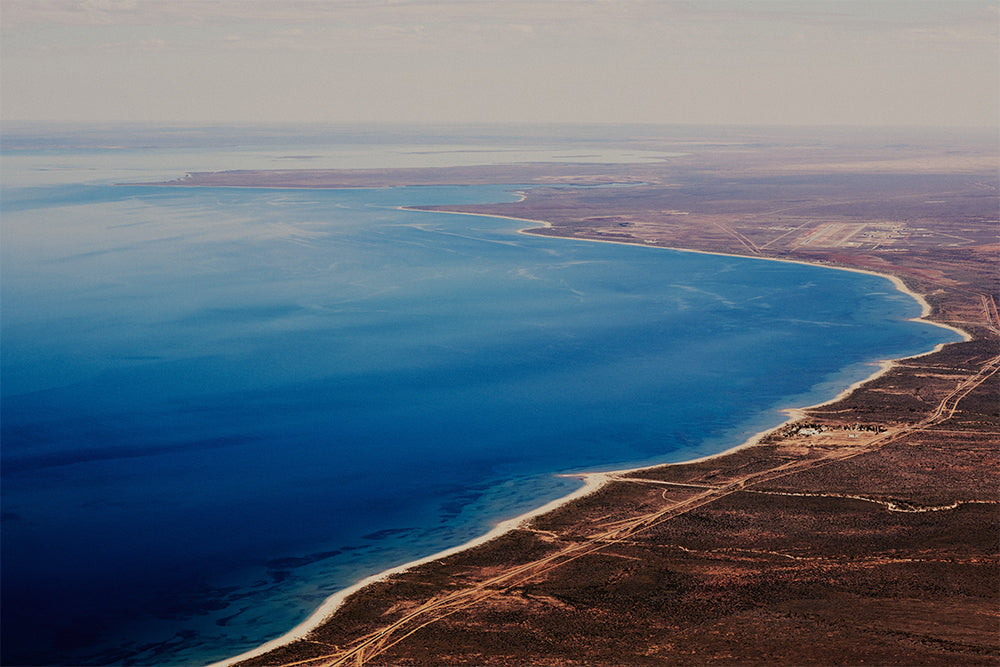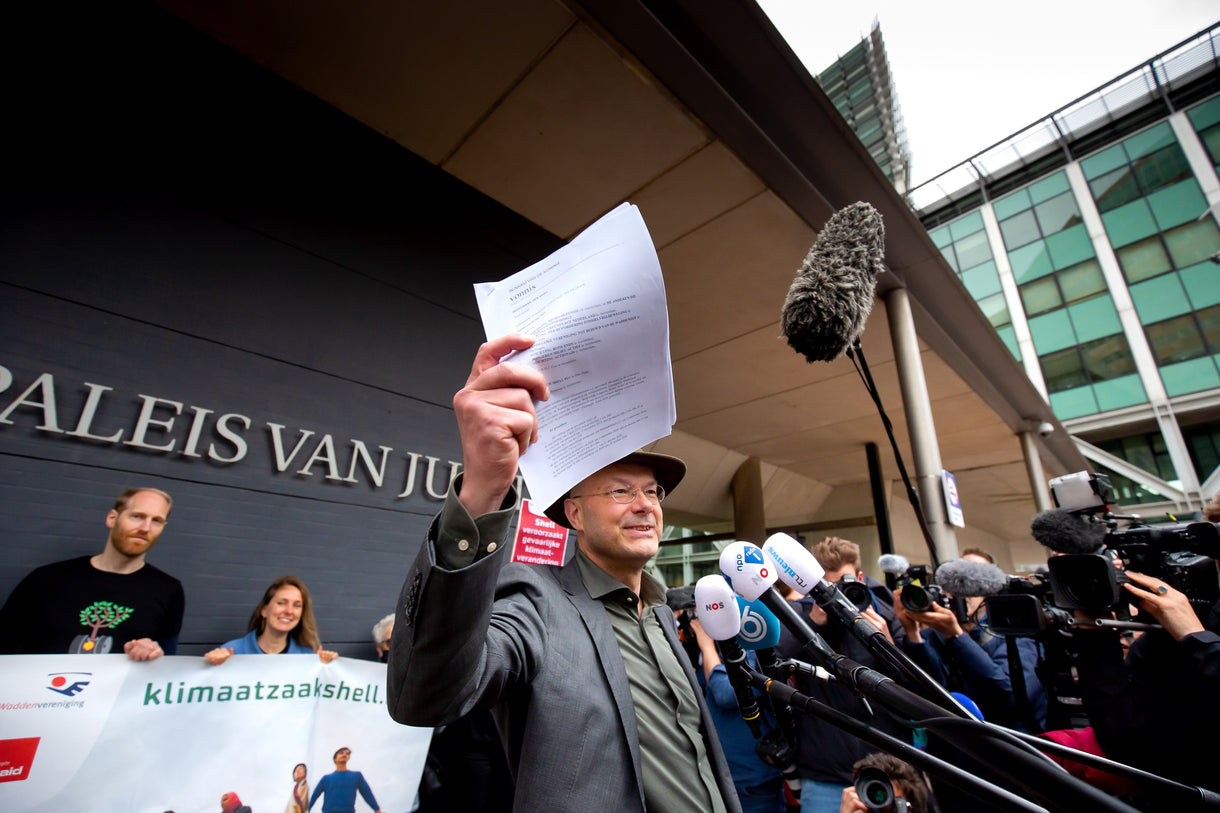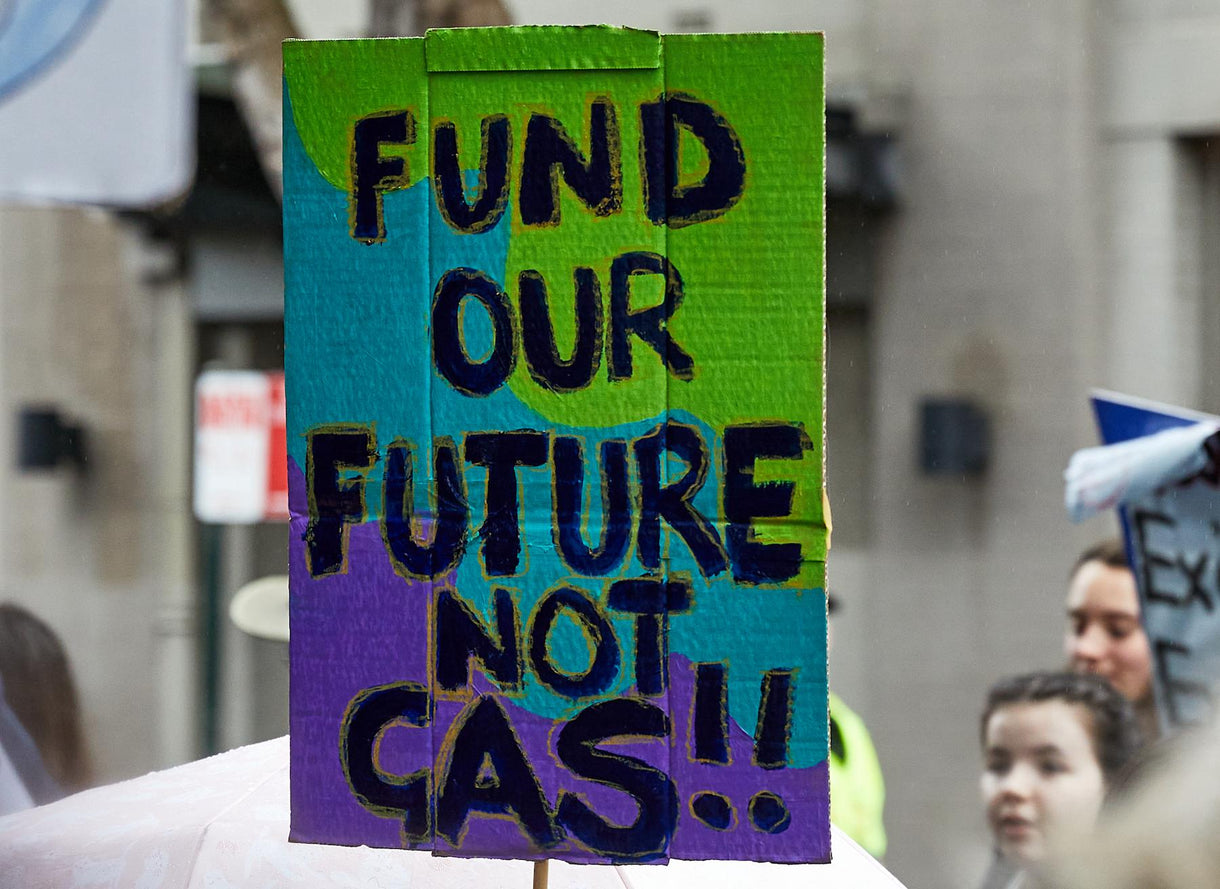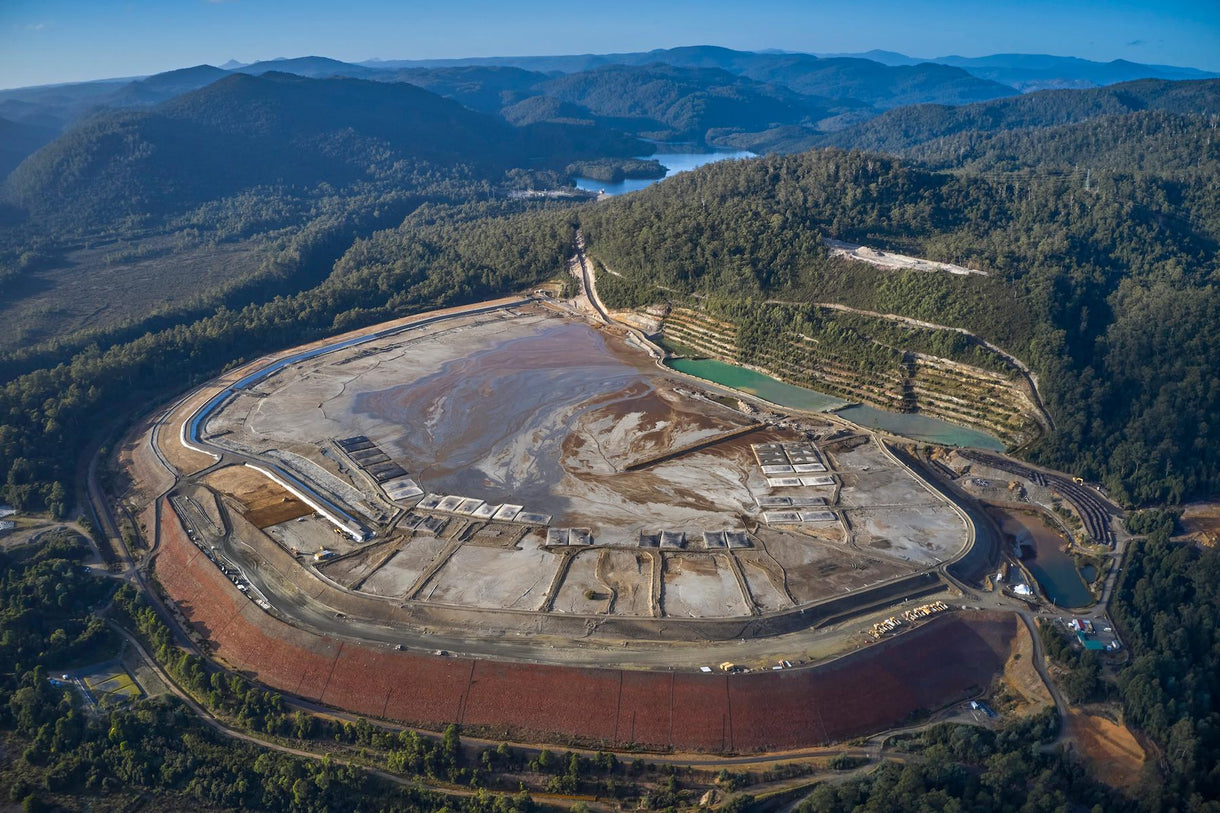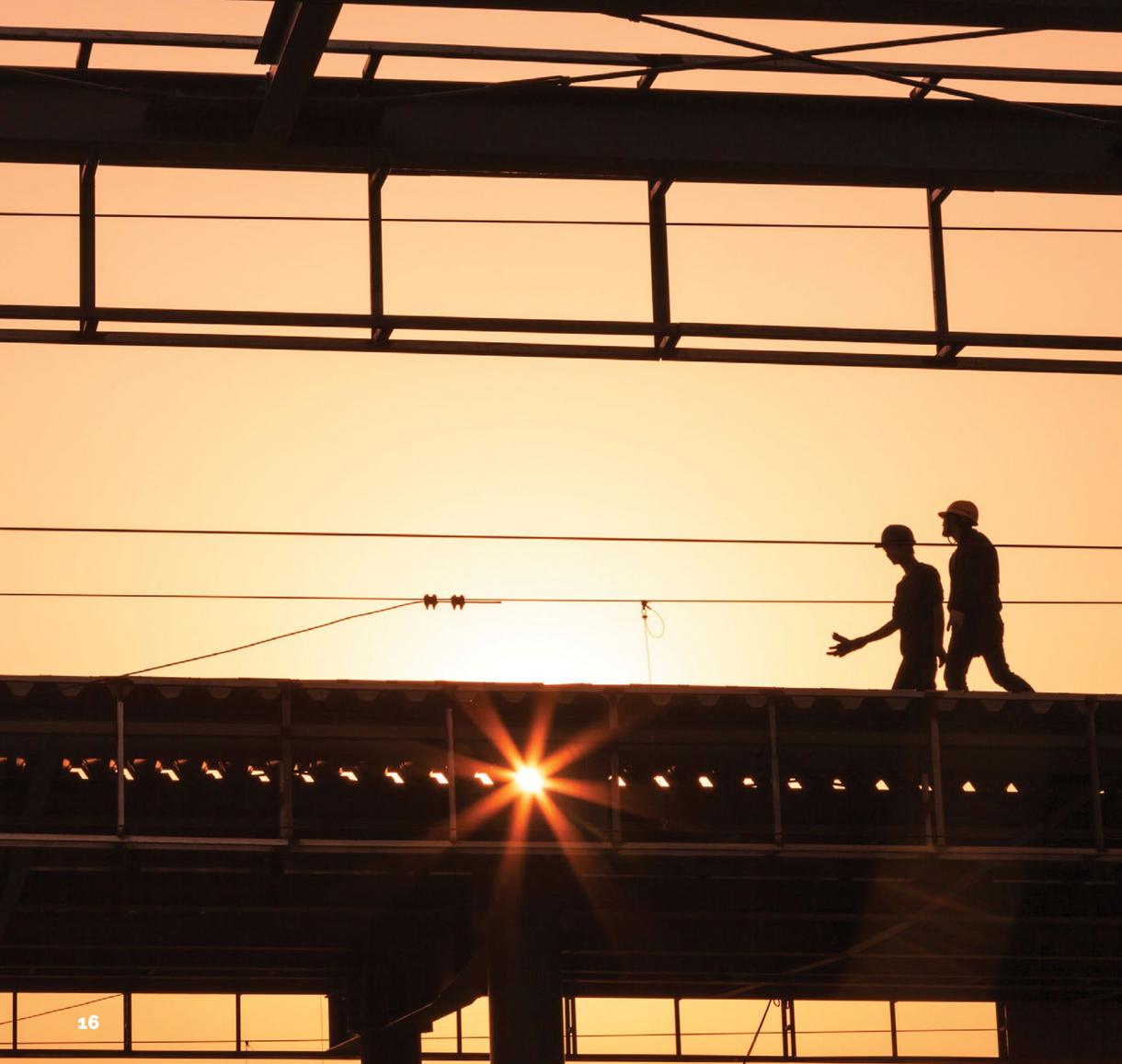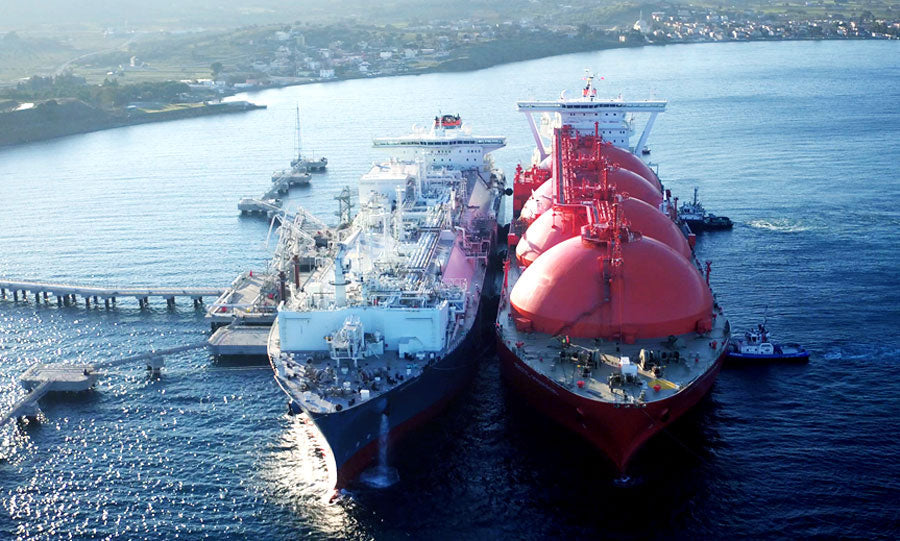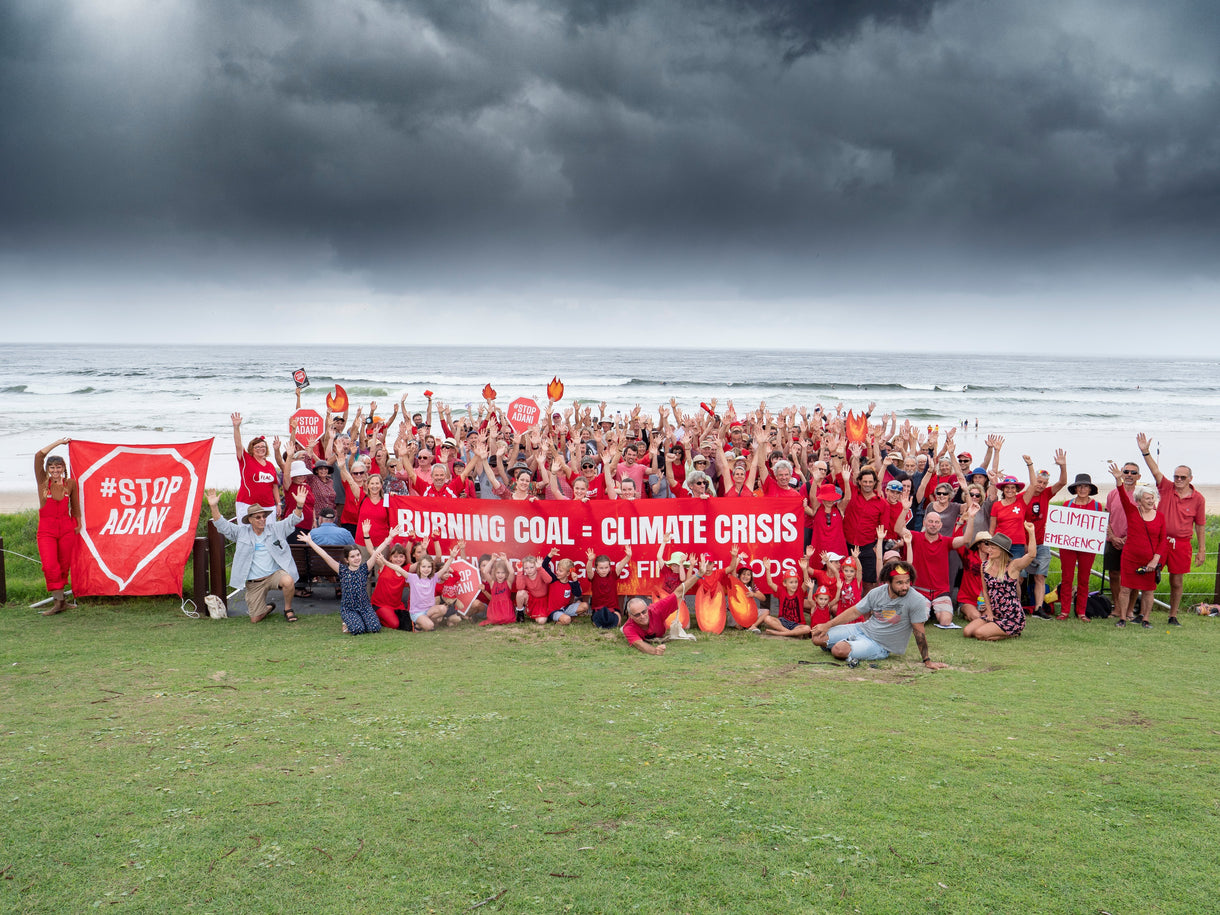A Federal Court will now decide how “clean” it is.
In a world first, a court case will challenge an energy company’s claims not only around being a provider of “clean” energy, but also a company’s claim that its pathway to net zero is credible.
The Australian Centre for Corporate Responsibility – represented by the Environmental Defender’s Office – has filed a case in the Federal Court against Australian gas giant Santos. ACCR claims that information Santos shared in its 2020 Annual Report “constitutes misleading or deceptive conduct under the Corporations Act.”
“Santos has perfected the art of greenwashing, and shareholders continue to be misled by Santos’ clean energy claims.”
“Santos’ audacious ‘clean energy’ and ‘net zero’ claims must be challenged in a court of law,” said ACCR’s Dan Gocher. “Santos has perfected the art of greenwashing, and shareholders continue to be misled by Santos’ clean energy claims.”
“Santos’ ‘clean energy’ and ‘net zero’ claims pose a major risk to investors as it becomes increasingly more difficult to differentiate between companies taking genuine action versus those relying largely on offsets or unproven technologies.”
Operating gas projects off the coast of Western Australia and in the Cooper and Eromanga Basins in South Australia, Santos are also heavily invested in coal seam gas extraction in Queensland’s Surat and Bowen Basins. Its gas expansion plans include the contentious Narrabri CSG hub, as well as the leviathan Barossa gas project in the Timor Sea, which iron ore magnate Andrew Forrest described as, “one of the most polluting projects in the world”.
Despite all this, Santos announced that it plans to be net-zero by 2040. They plan to reduce “Scope 3” (end user) emissions by, “Reducing global emissions through LNG export growth by growing LNG exports to at least 4.5 million tonnes per annum.”
Most of the Scope 1 and 2 emissions reduction involves carbon capture and storage, a technology that has repeatedly failed around the world.
“More than 80 per cent of Santos’ net zero plan relies on carbon capture and storage,” said ACCR’s Dan Gocher. “The promise of CCS technology has been used by the fossil fuel sector to justify business as usual for decades. To date, the majority of CCS projects have failed. The technology is expensive and unreliable.”
“Claims like those made by Santos need to be based on solid foundations,” said the EDO’s Elaine Johnson. “If companies are telling investors they have a credible pathway to net zero emissions, they need to have robust, sound plans to back them up.”
Banner image: Santos oil and gas production plant, Moomba Cooper Basin, Strzelecki Desert, South Australia. Photo: Bill Bachman.


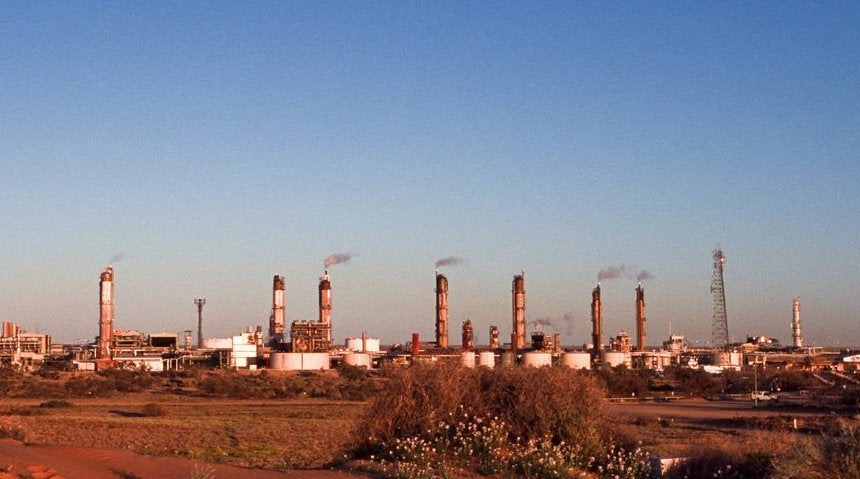











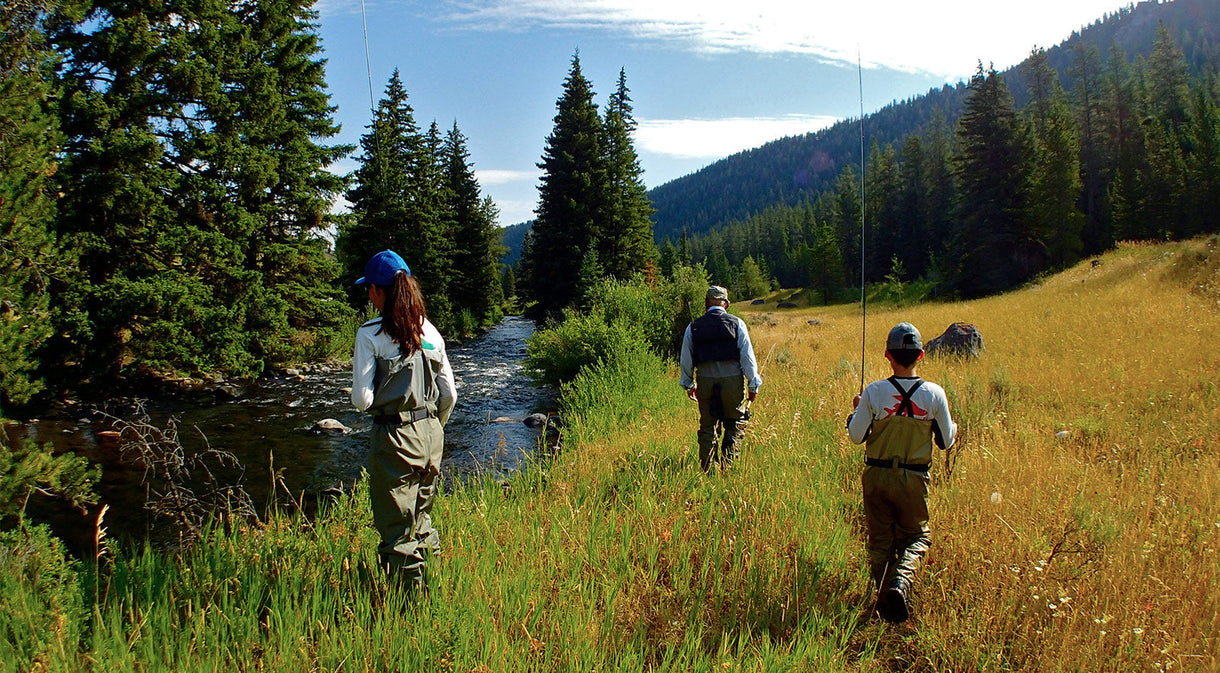






































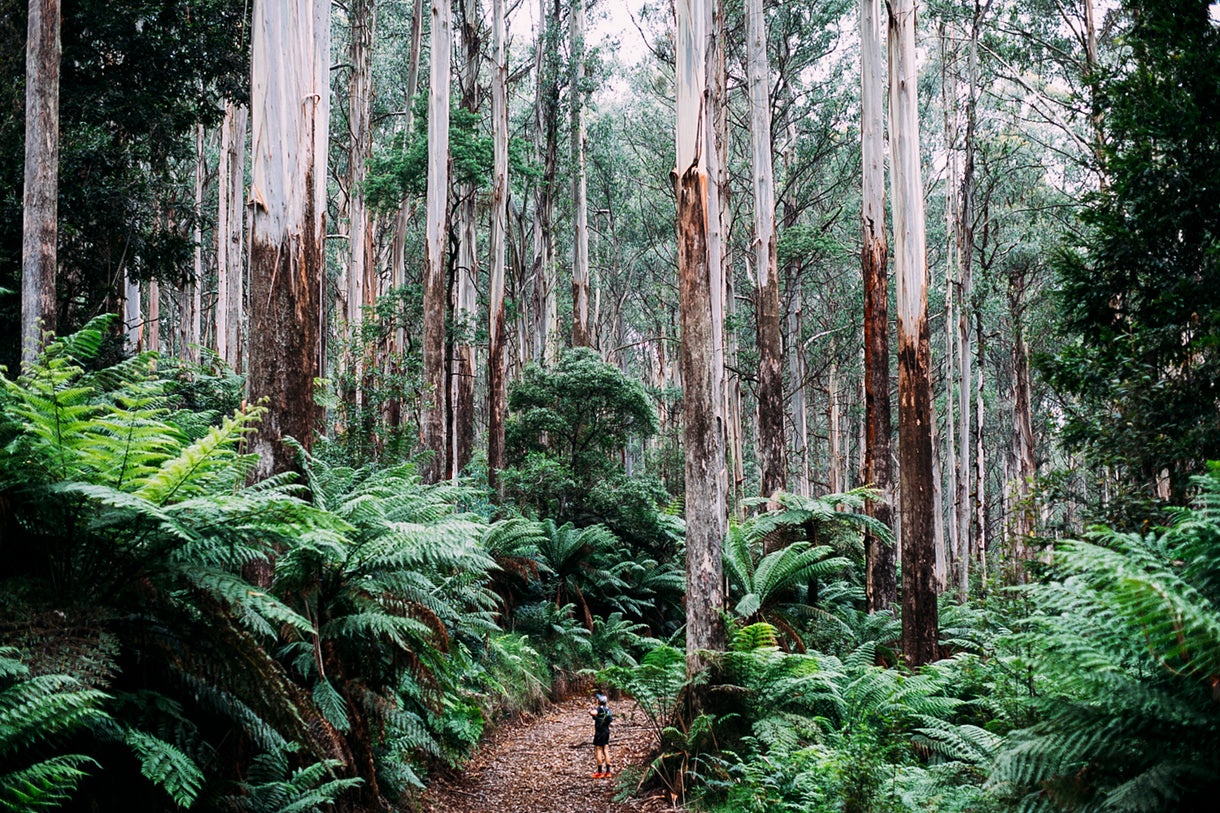
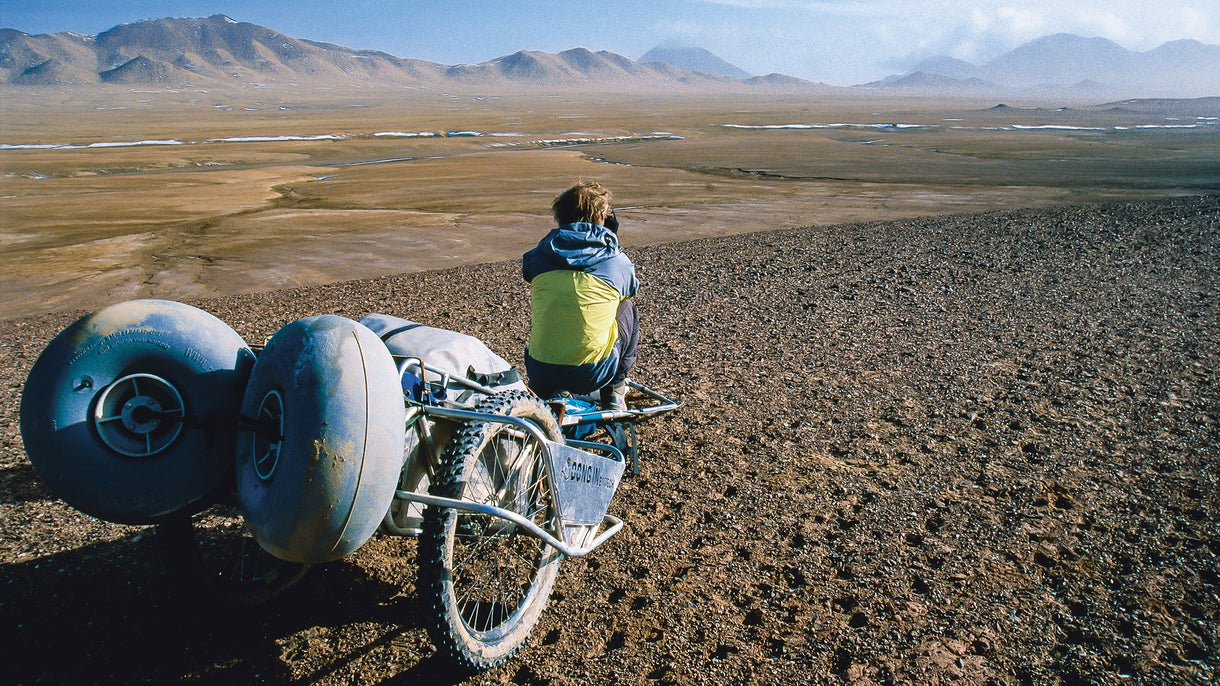
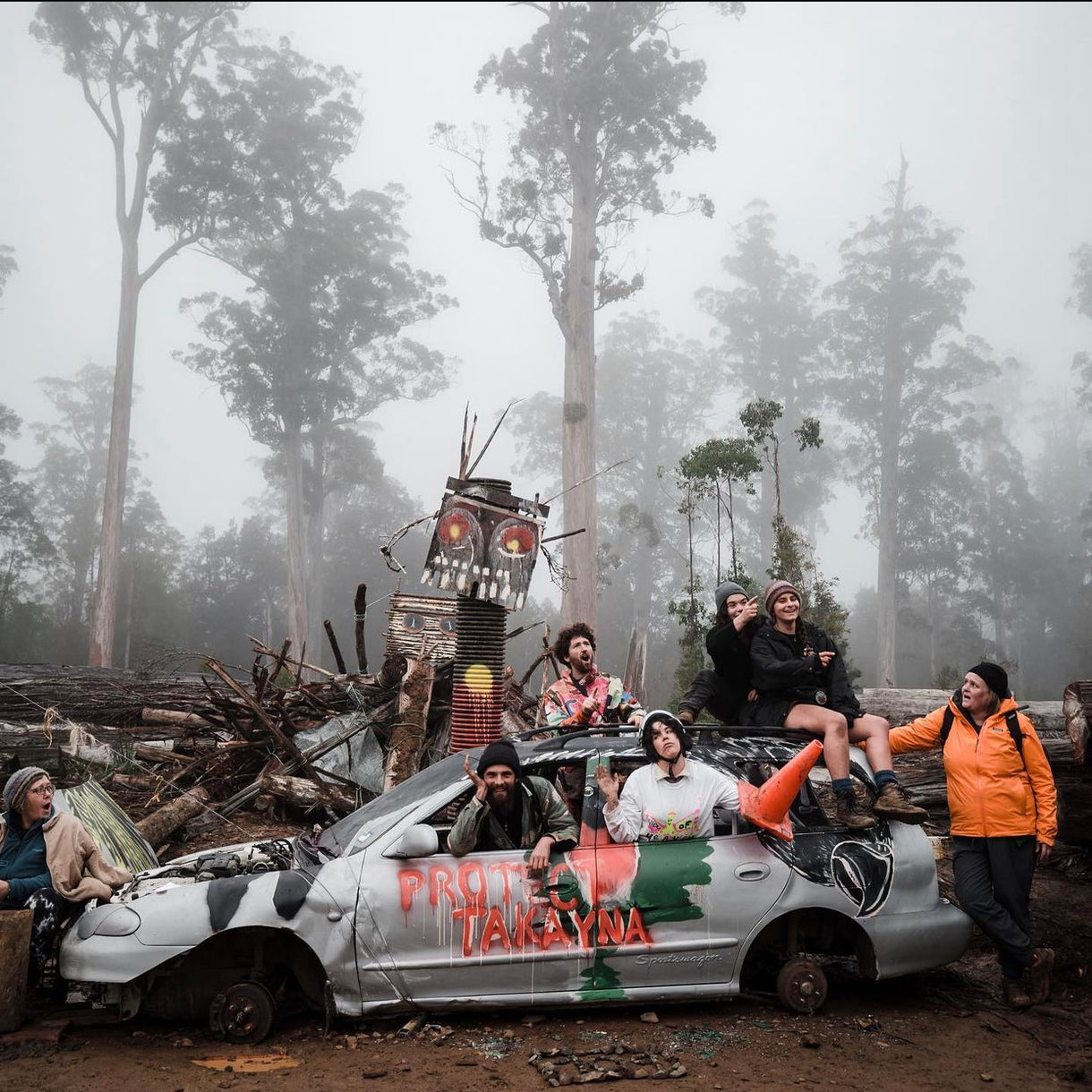
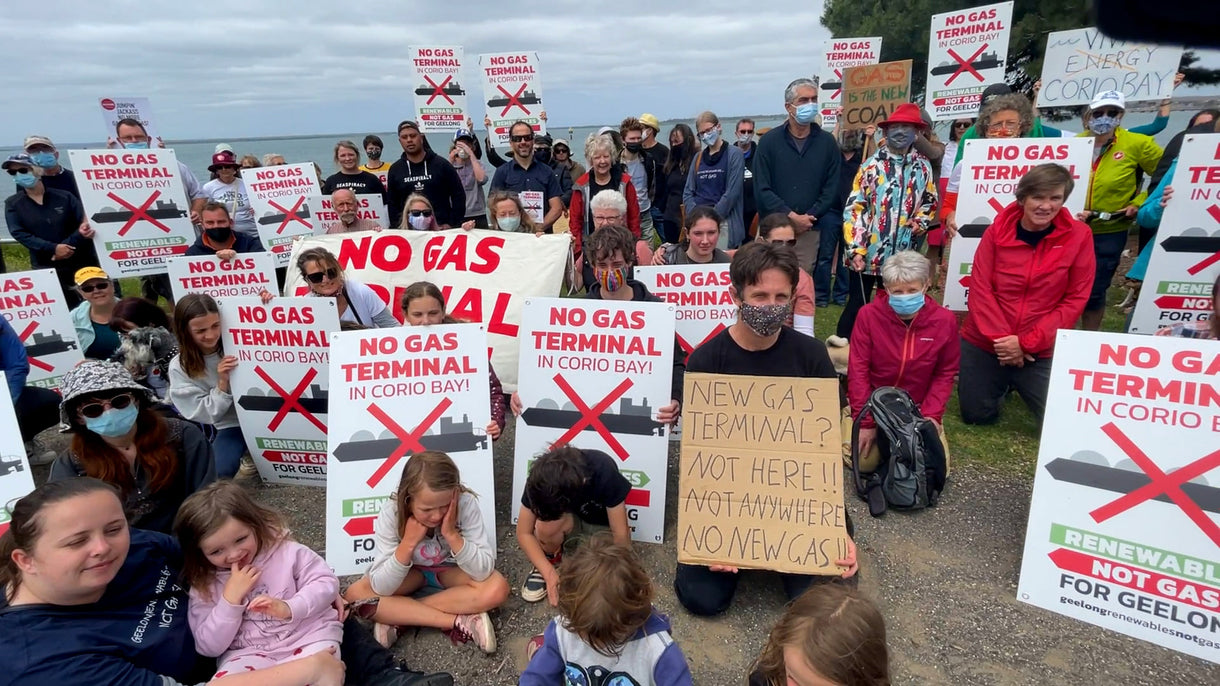
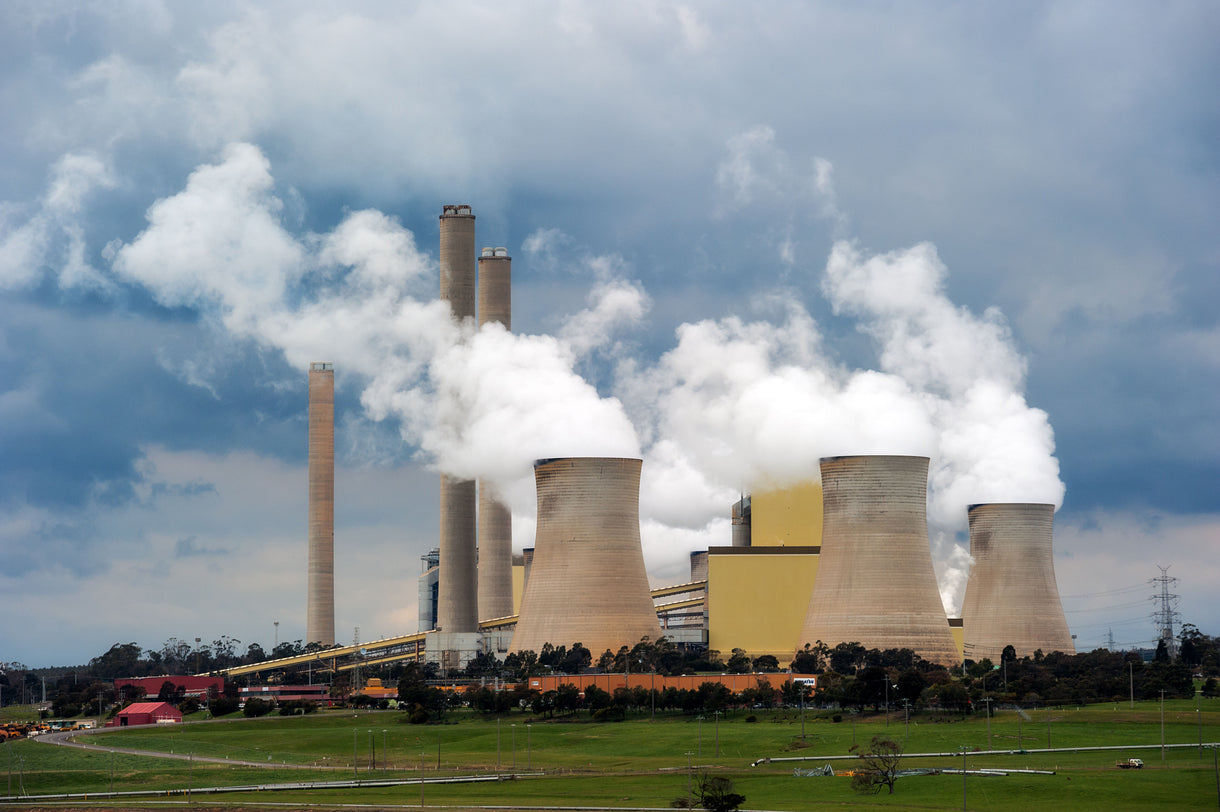
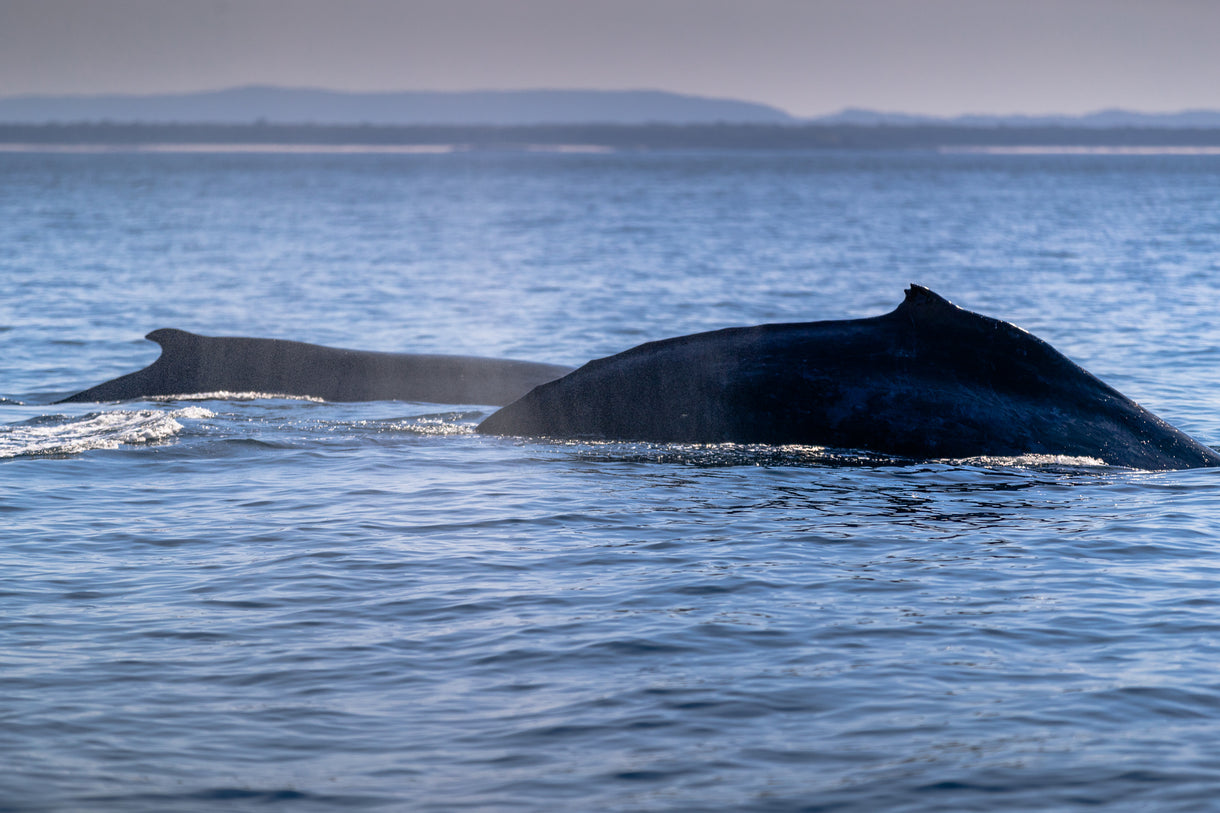
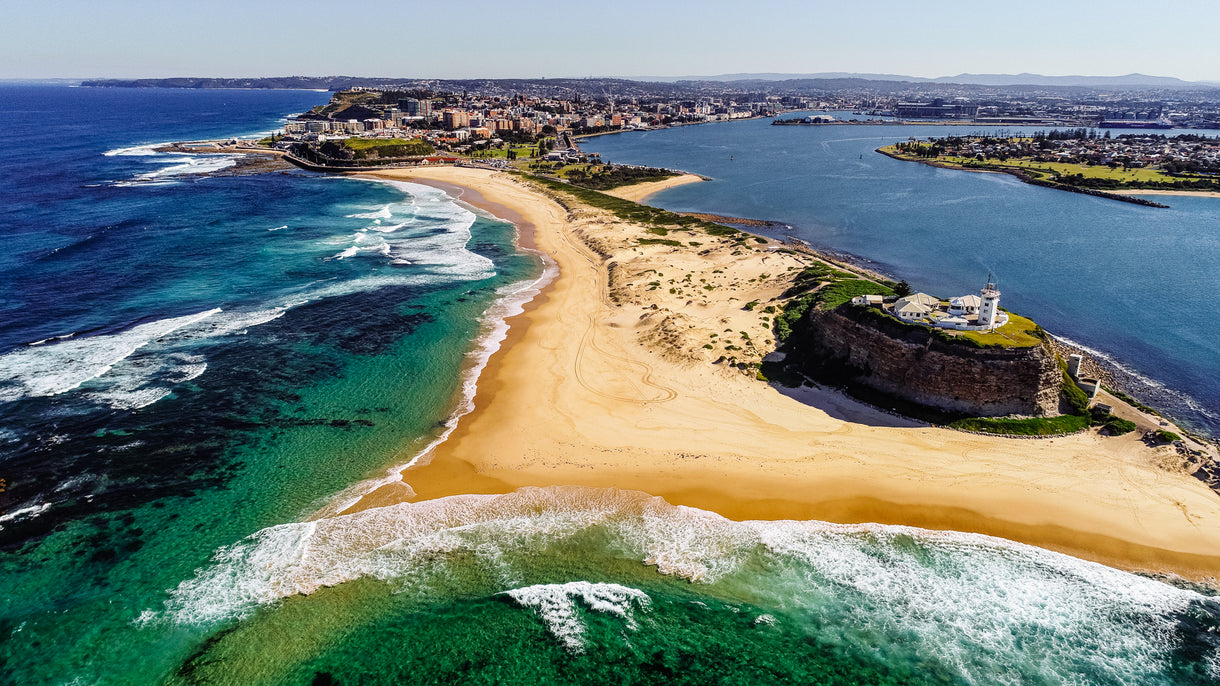
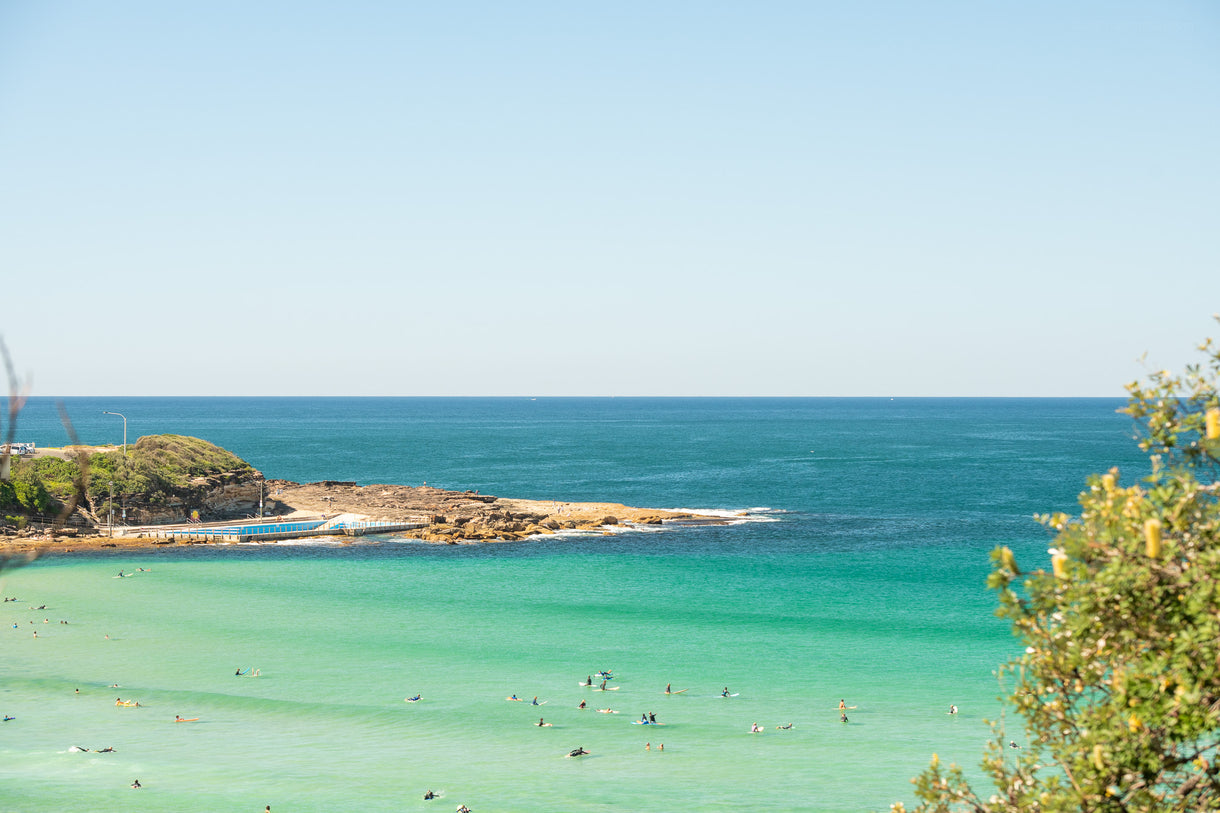
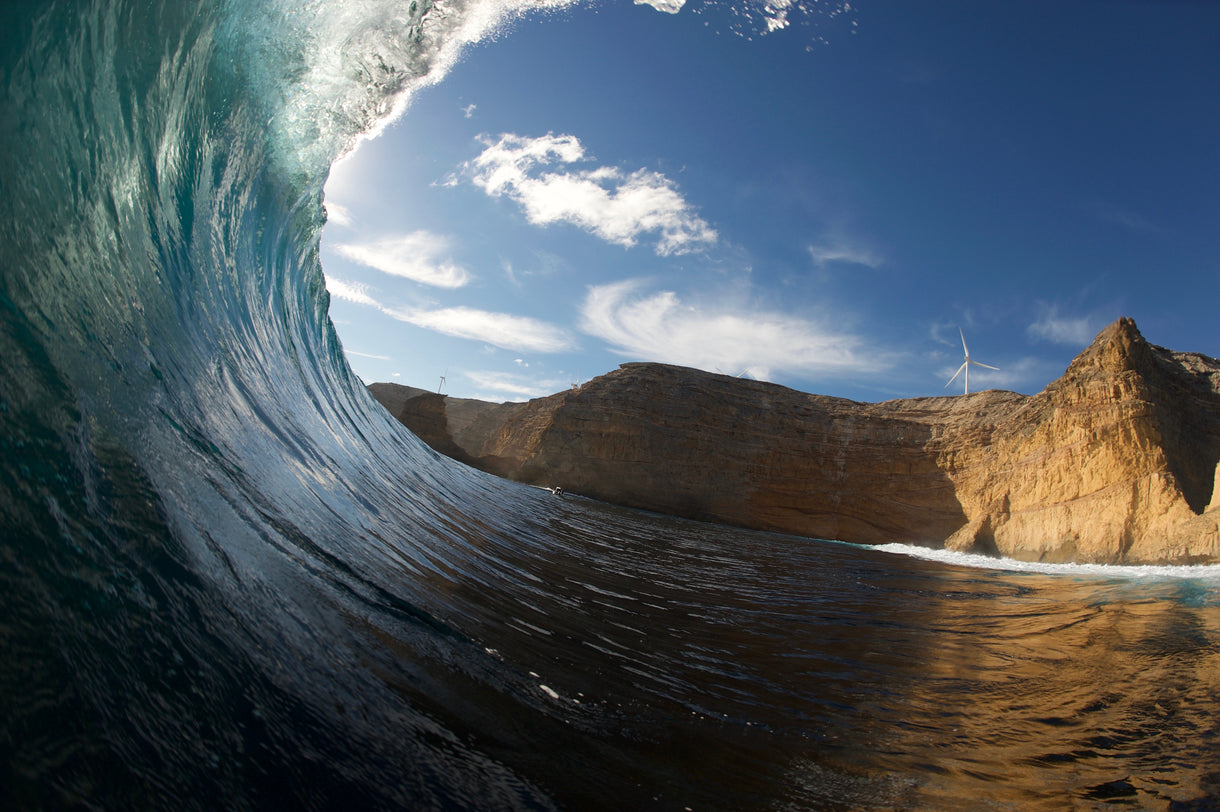
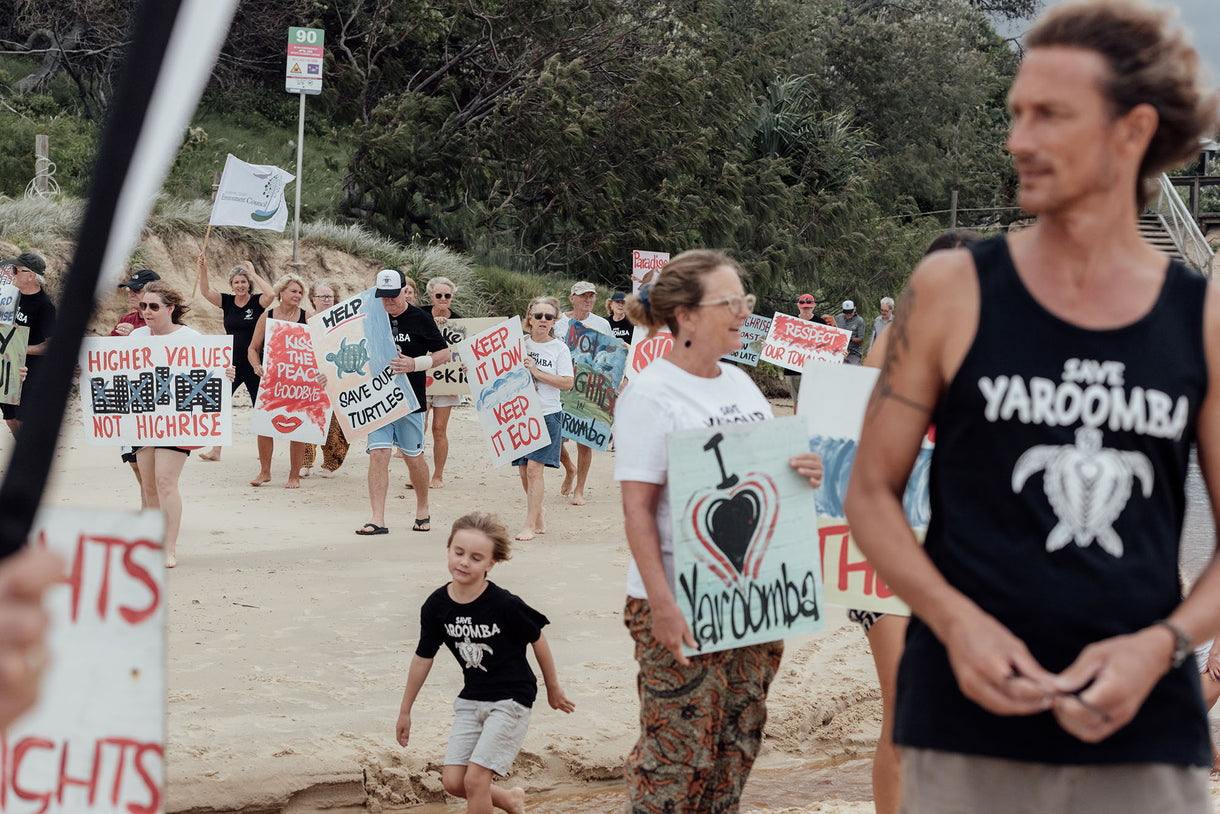
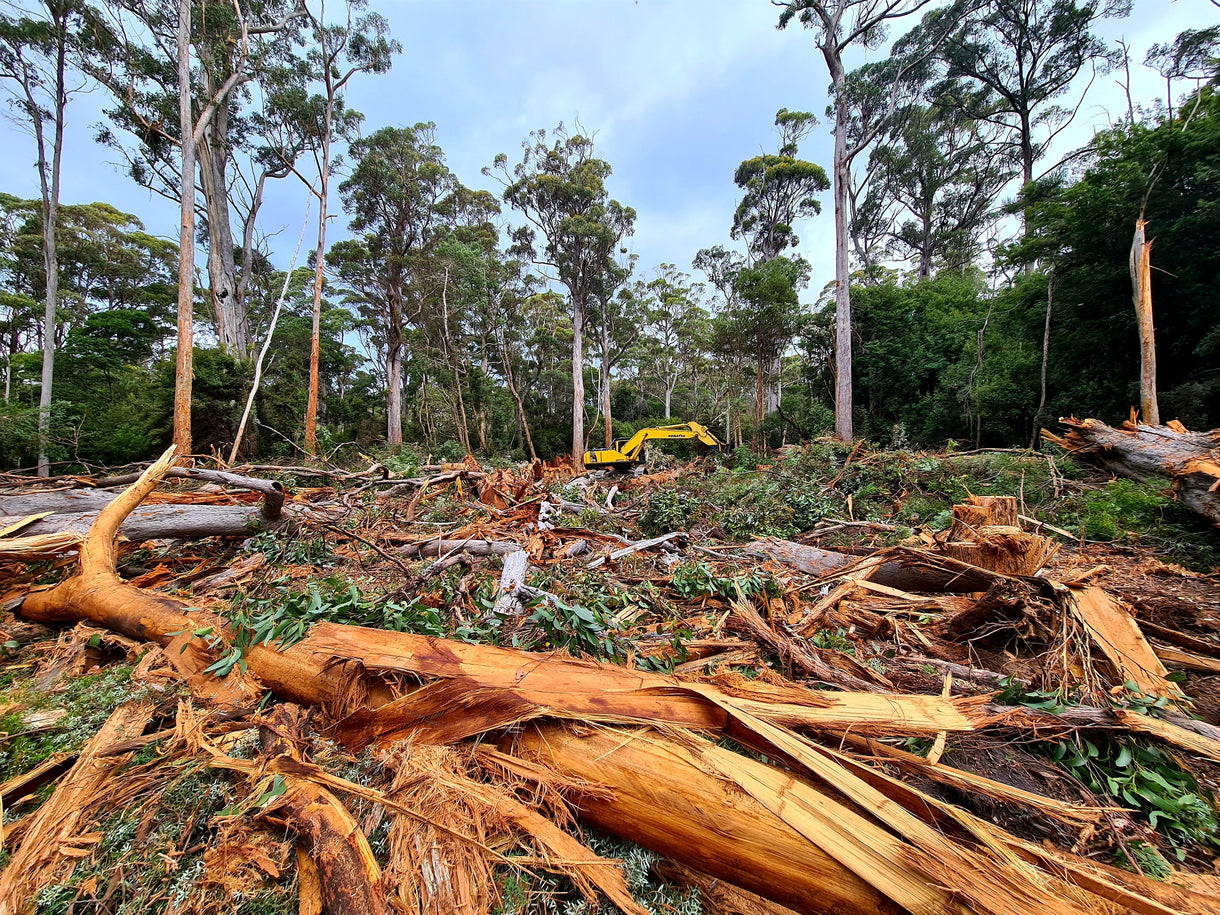
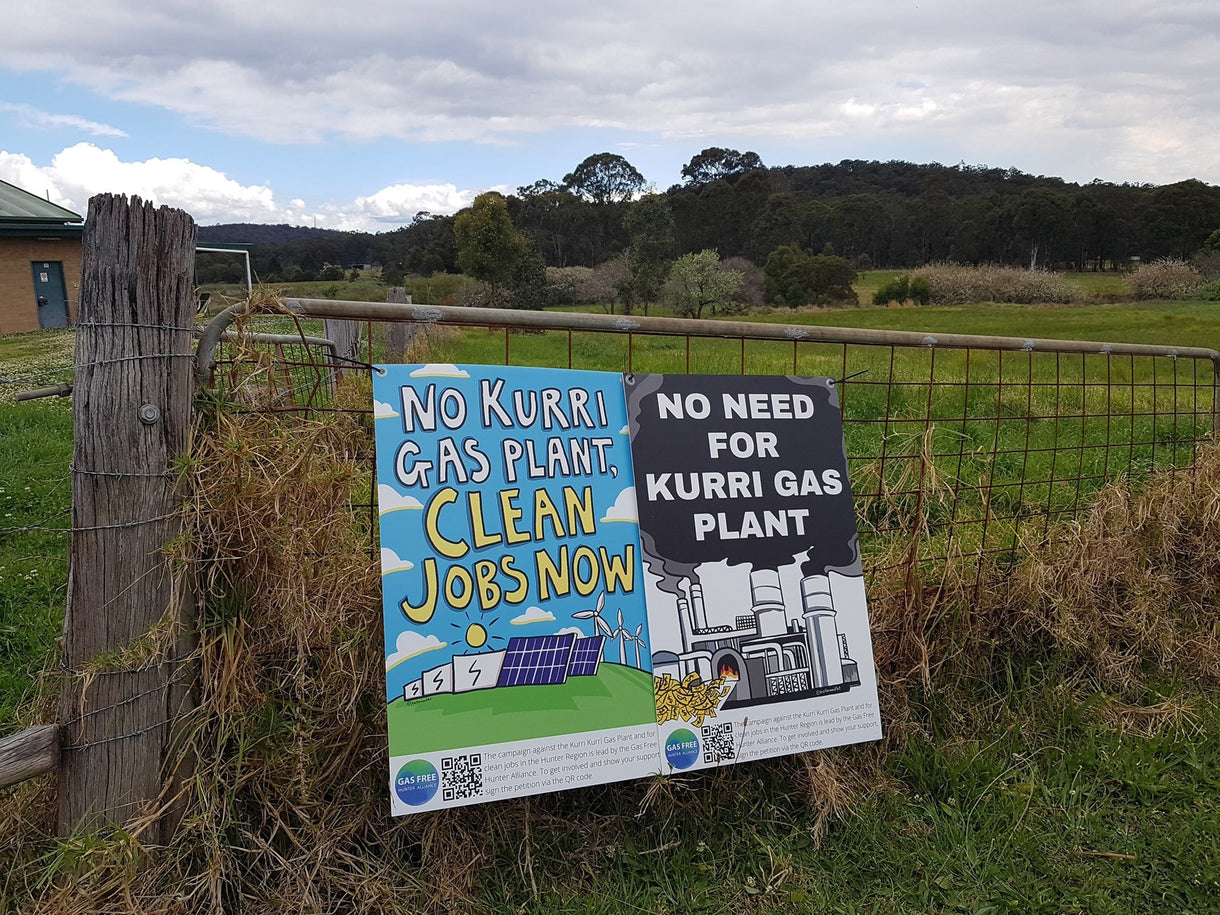
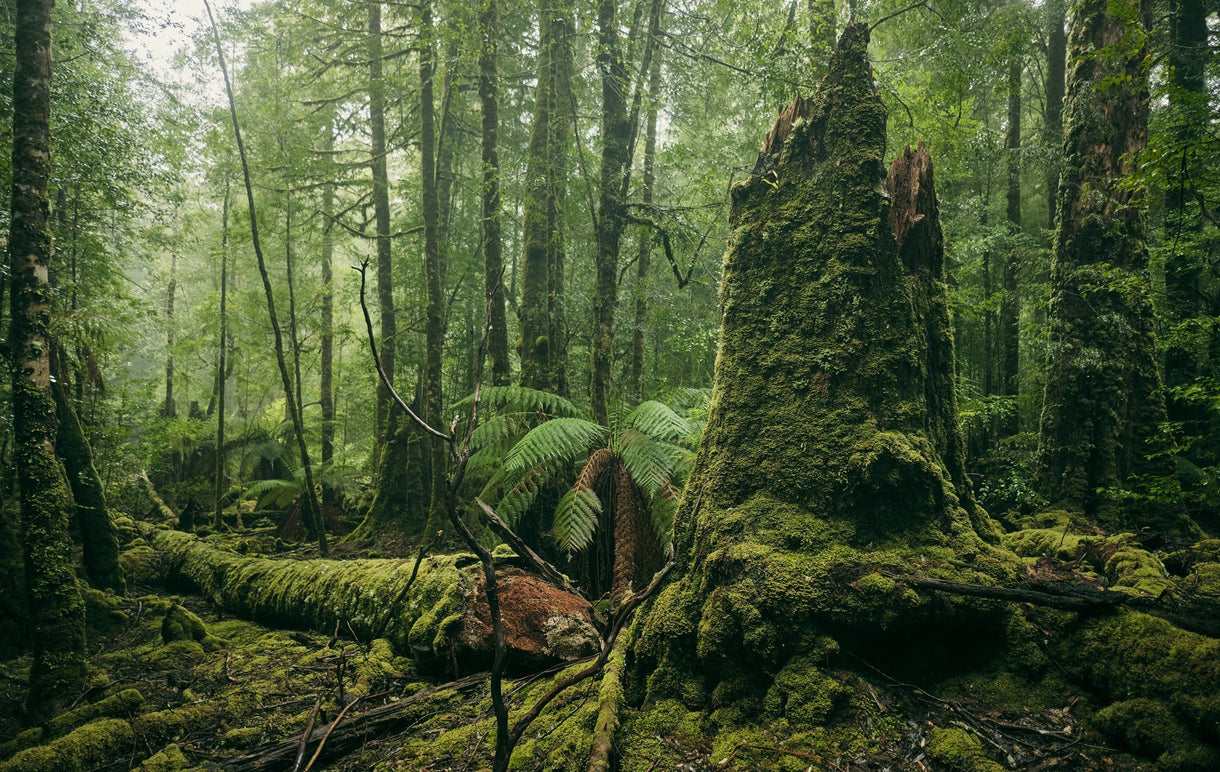
![Today was a huge victory for coastal communities between Sydney and Newcastle. [Front] Damien Cole, Belinda Baggs, Drew McPherson and Asha Niddrie. Photo Zoe Strapp](http://www.patagonia.com.au/cdn/shop/articles/strapp_z_AUS_000142_b147f38f-4f28-4e66-a3ea-89fccd422484_1220x.jpg?v=1650419749)
